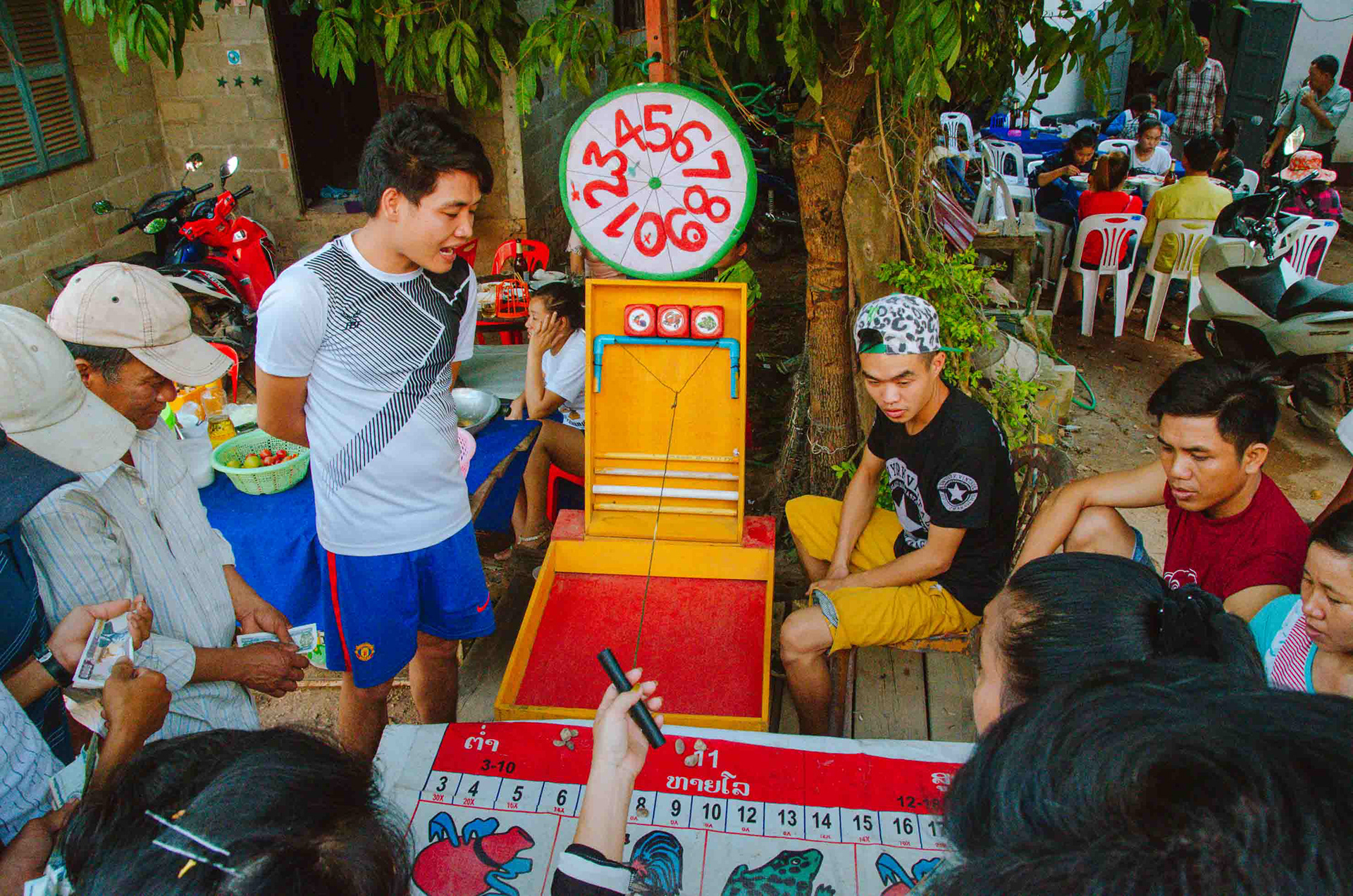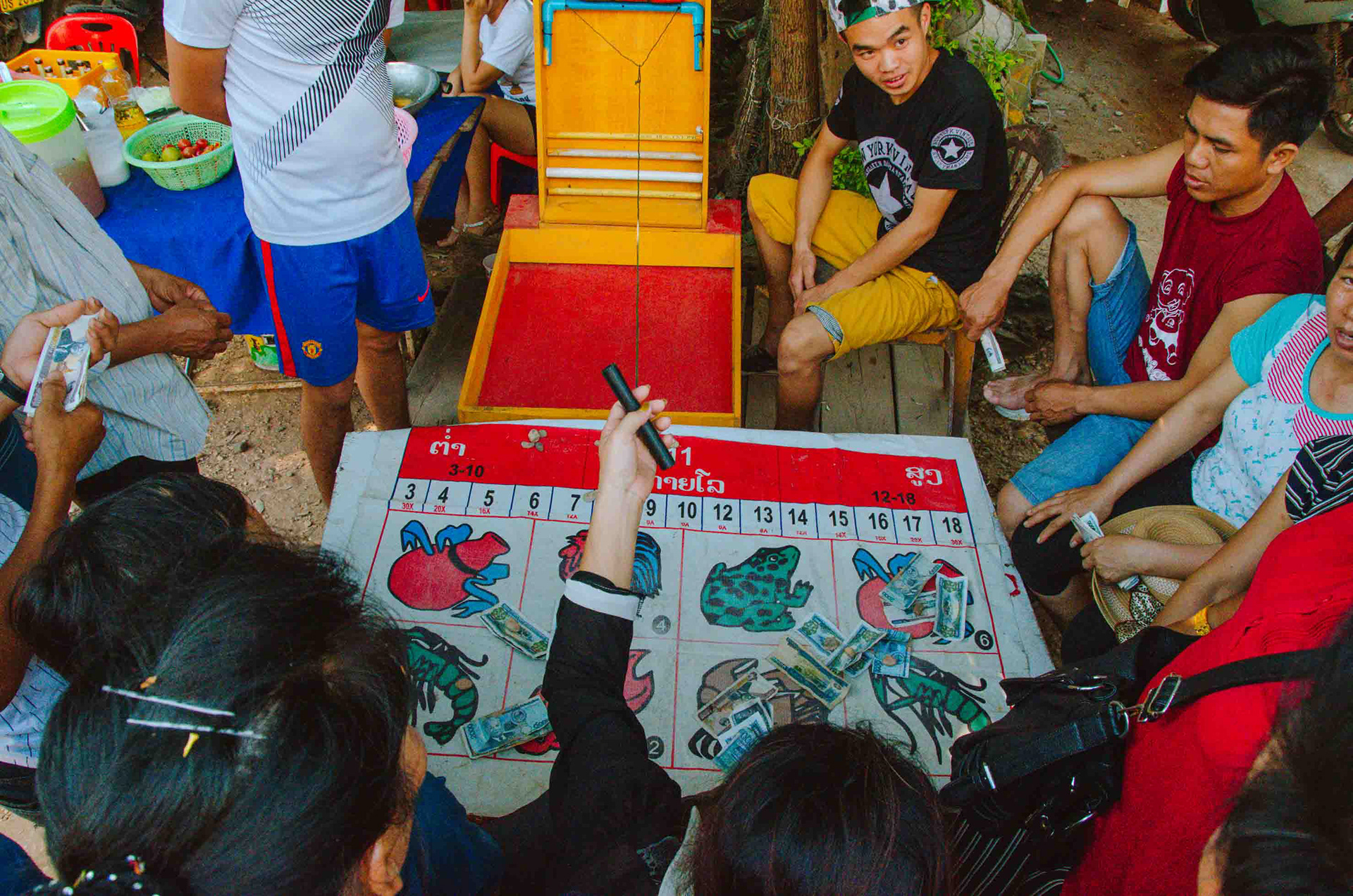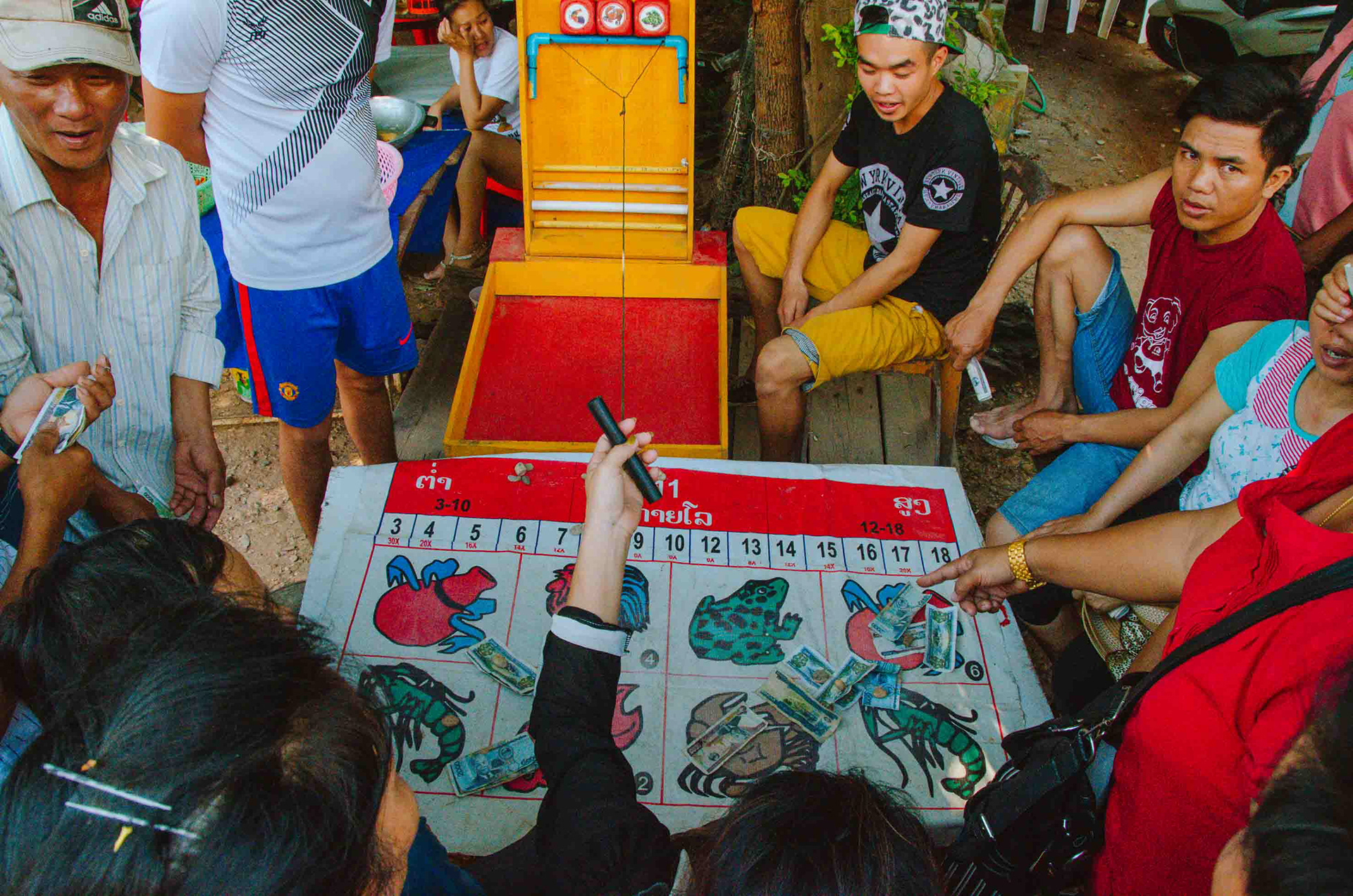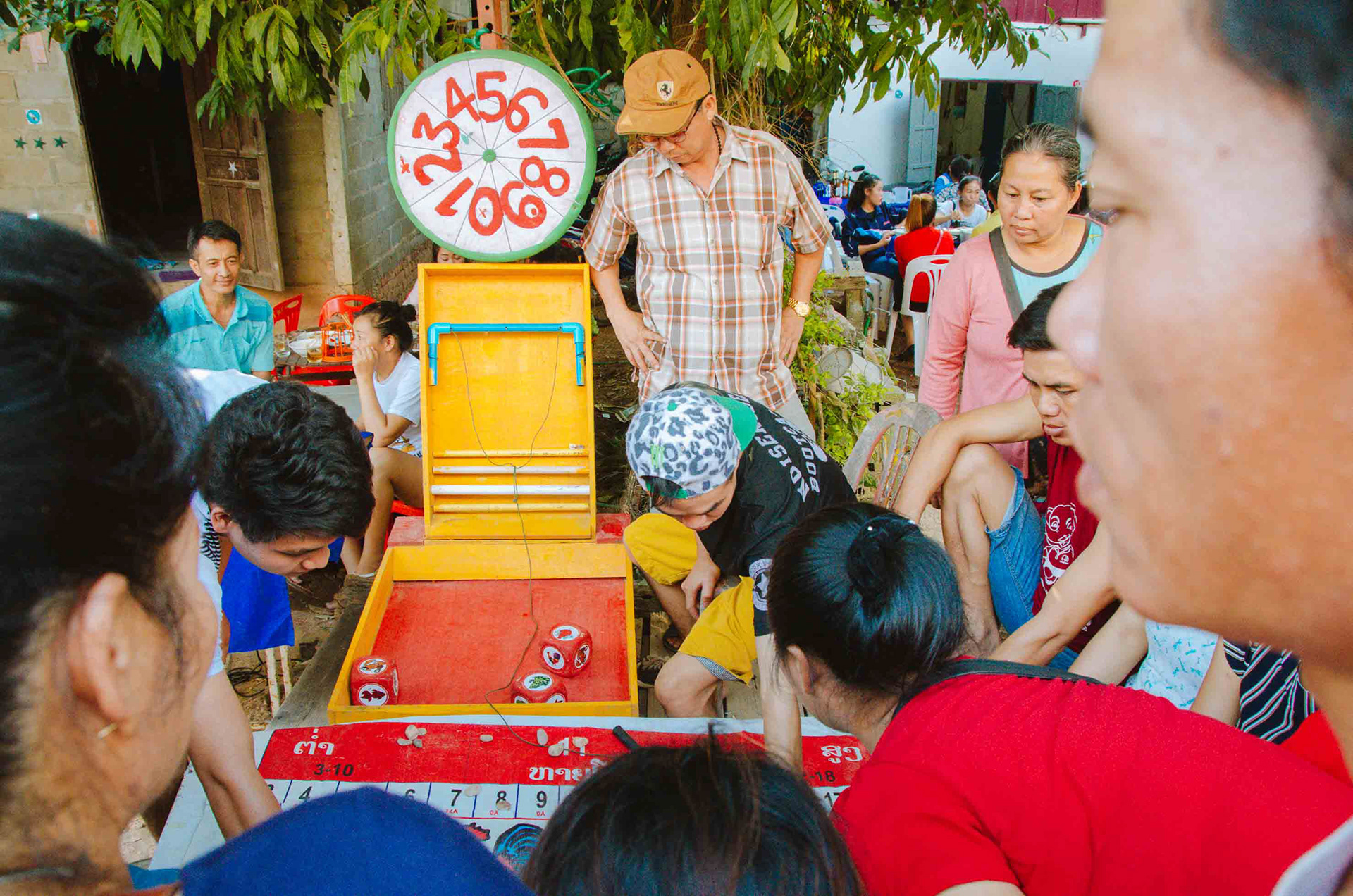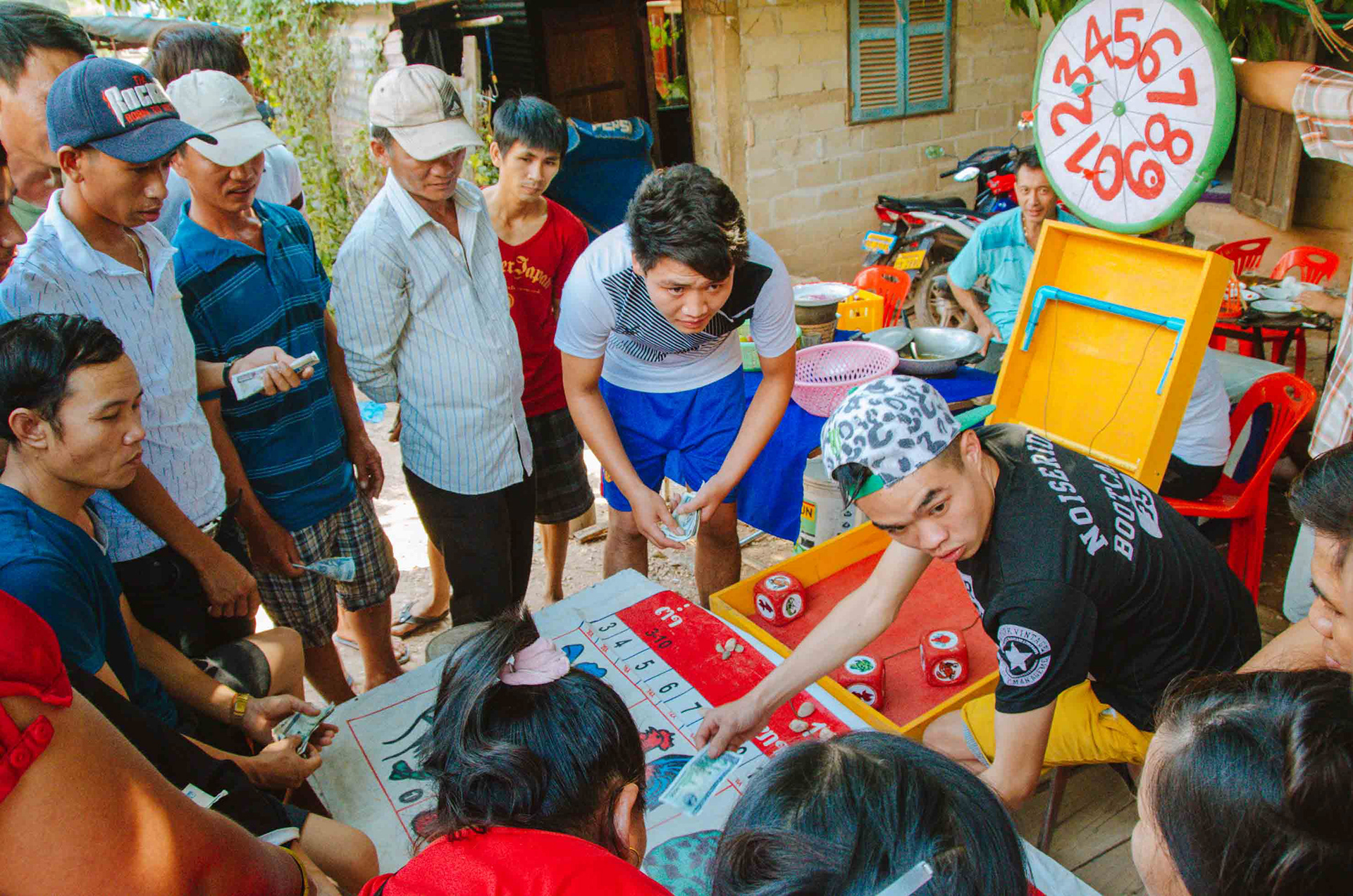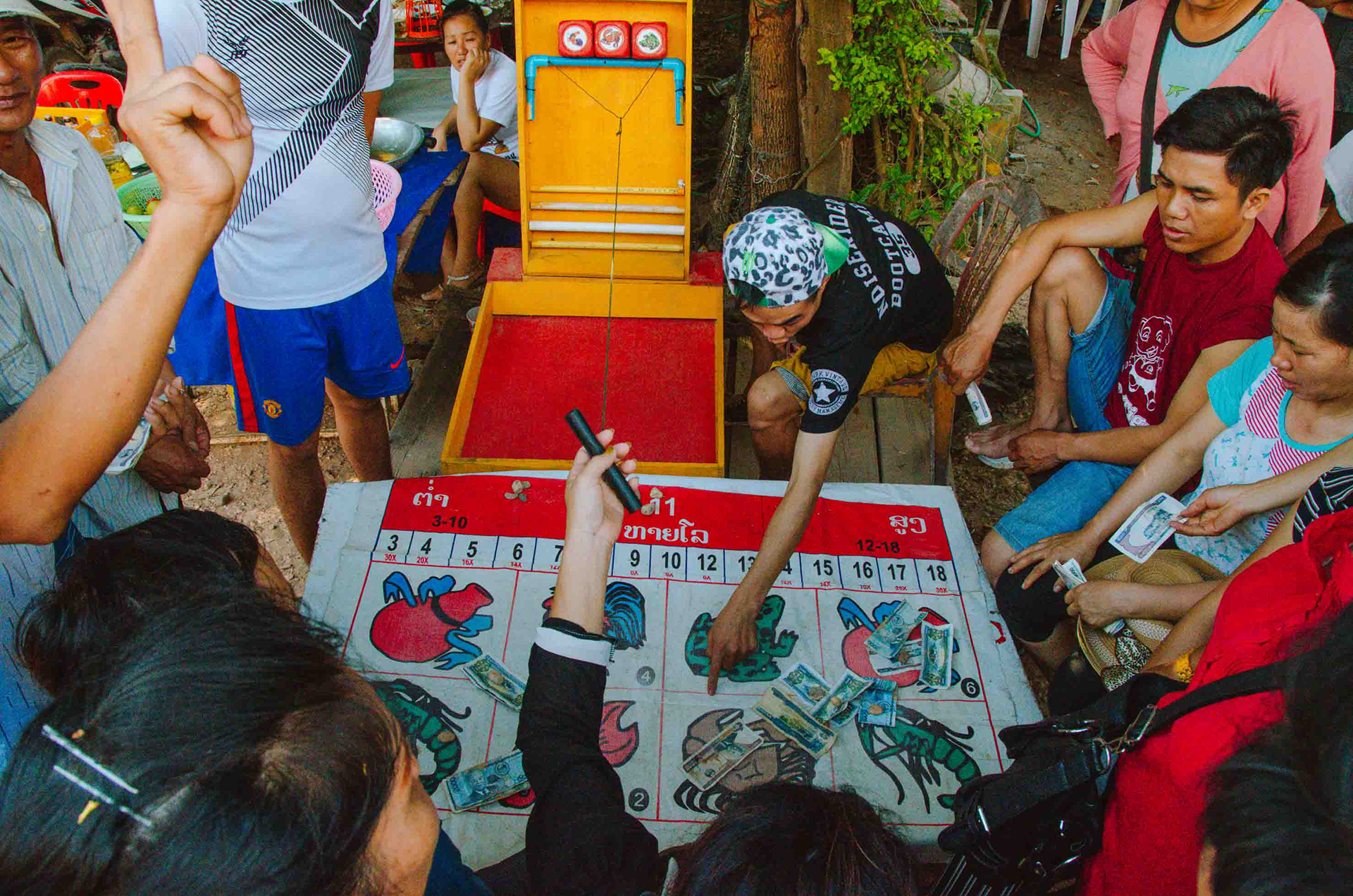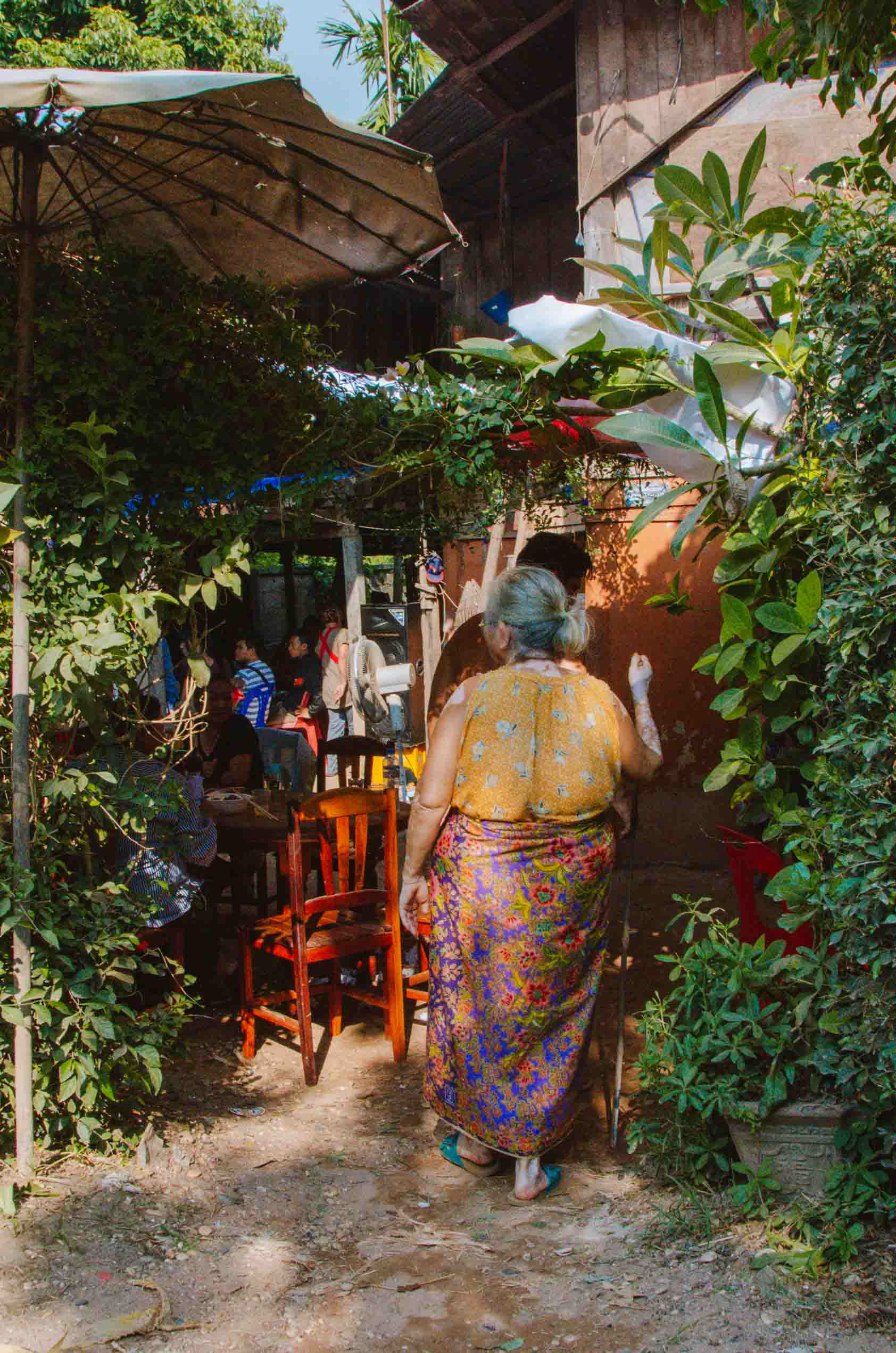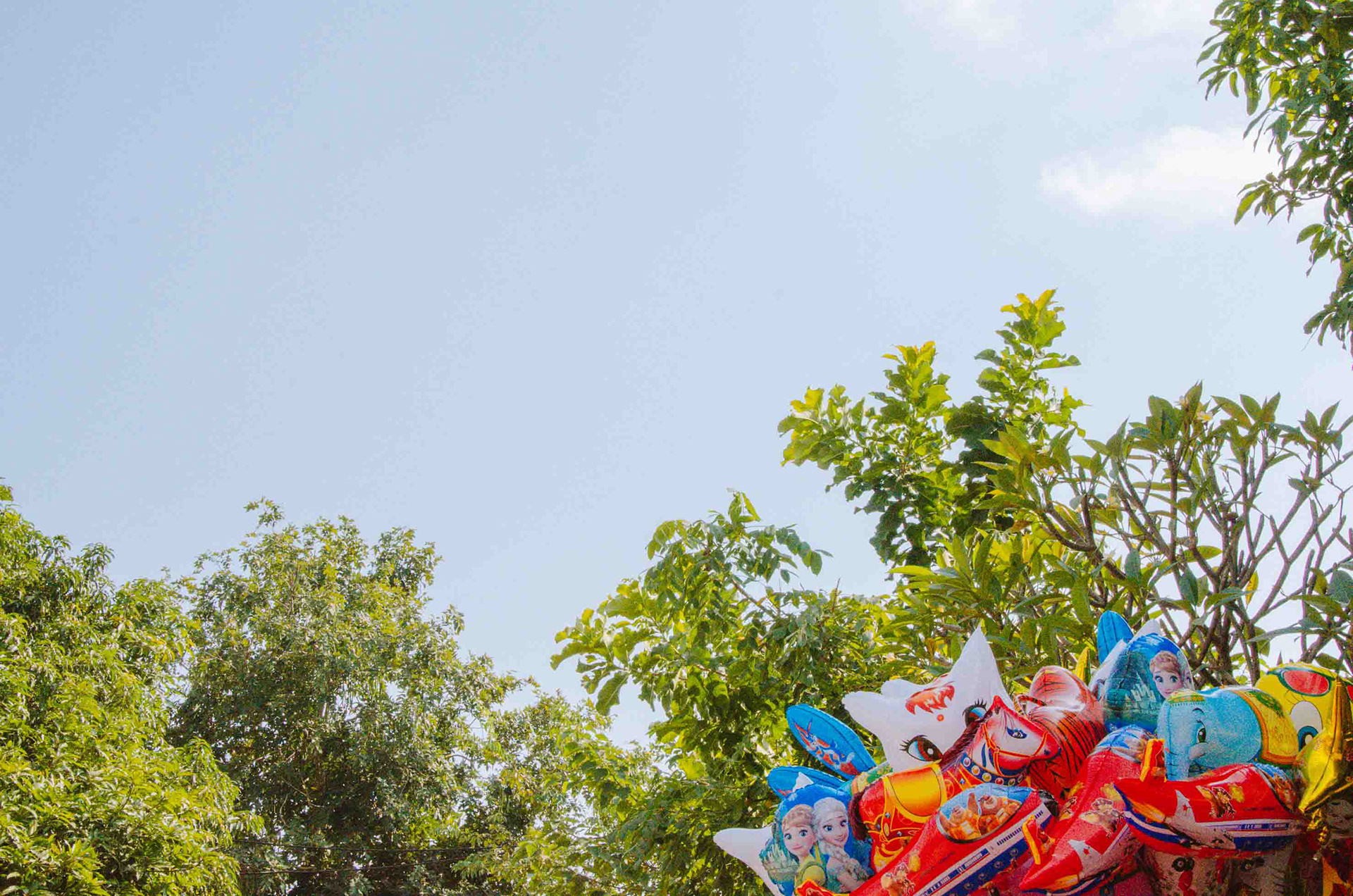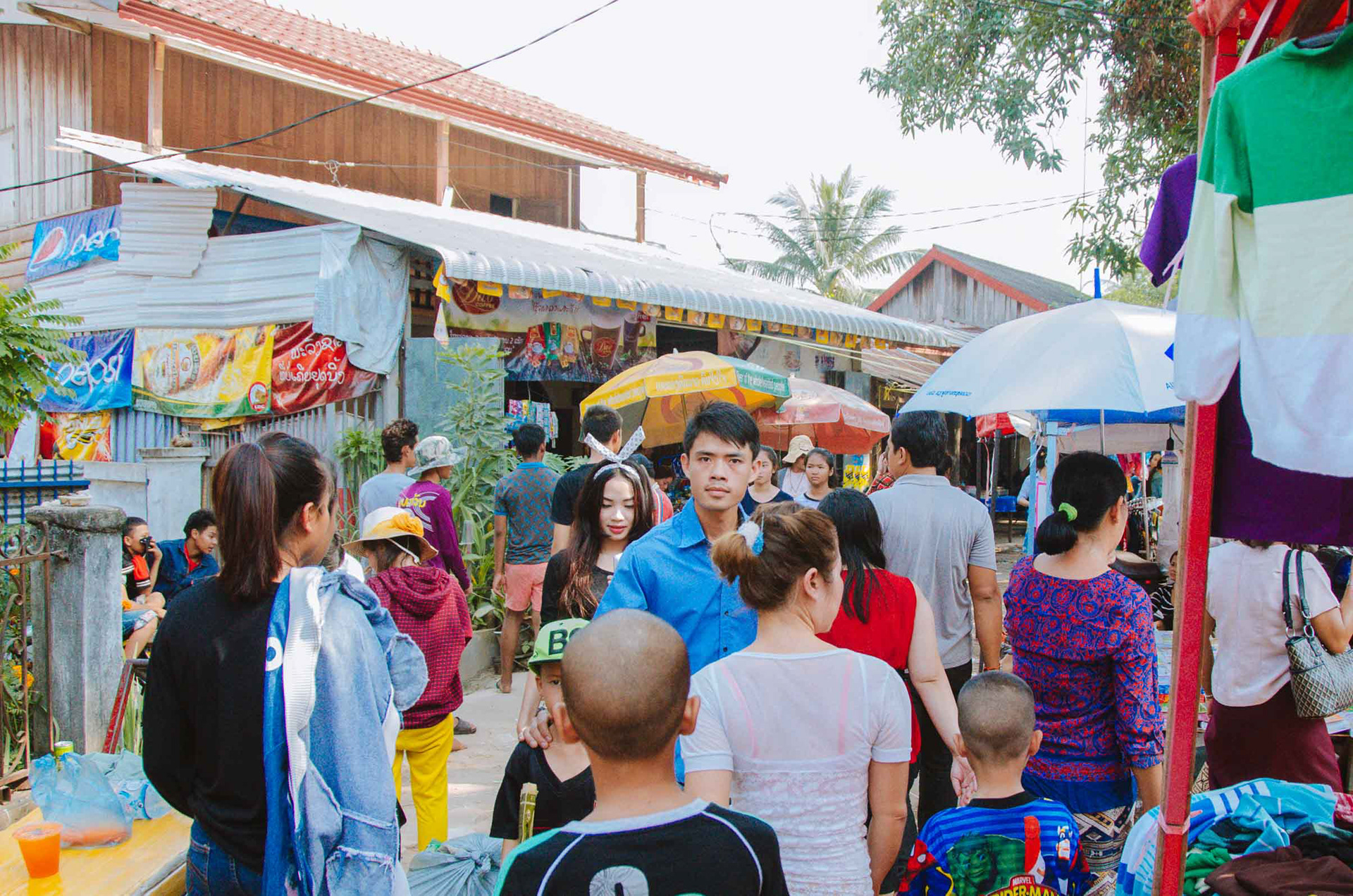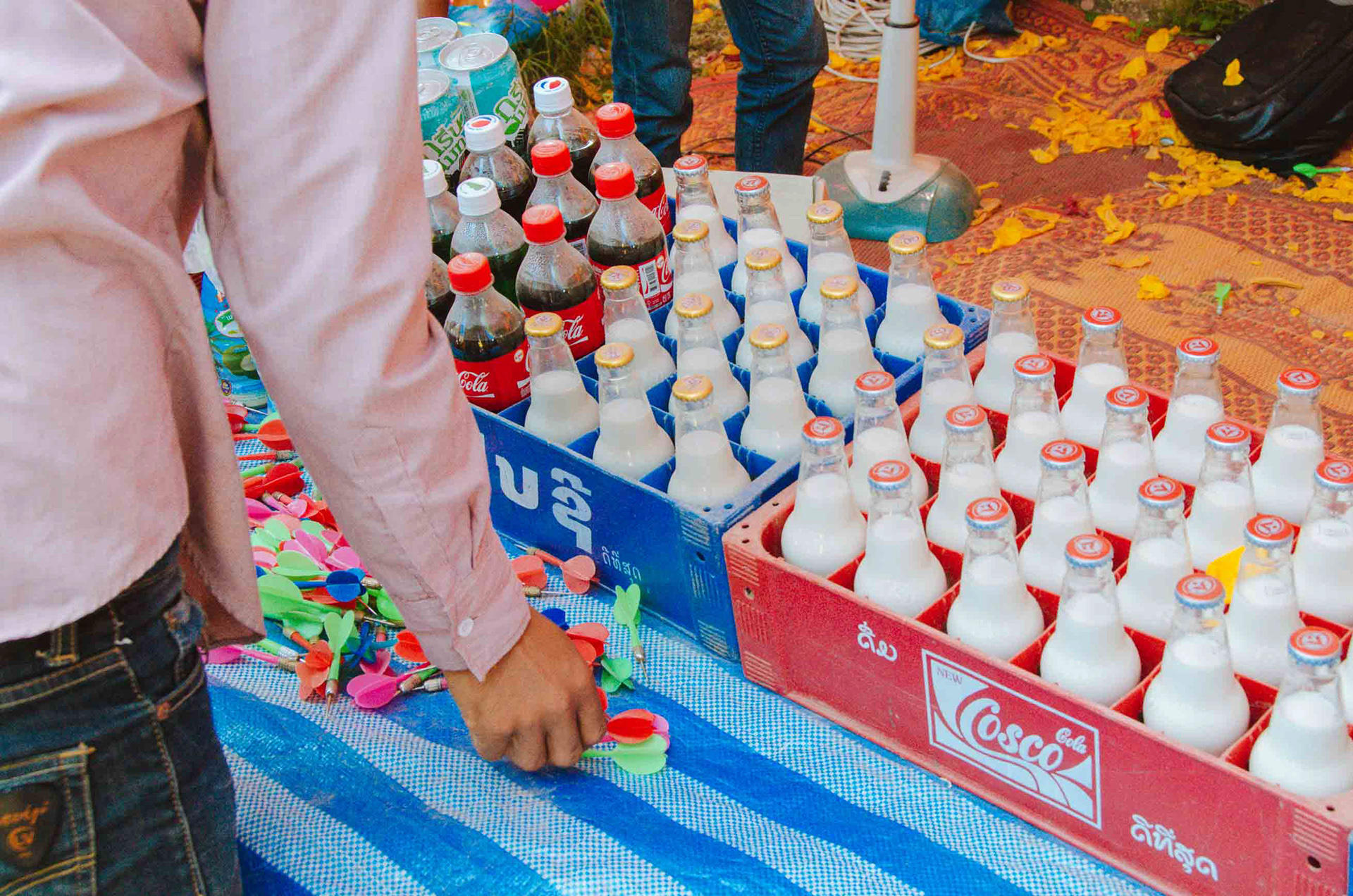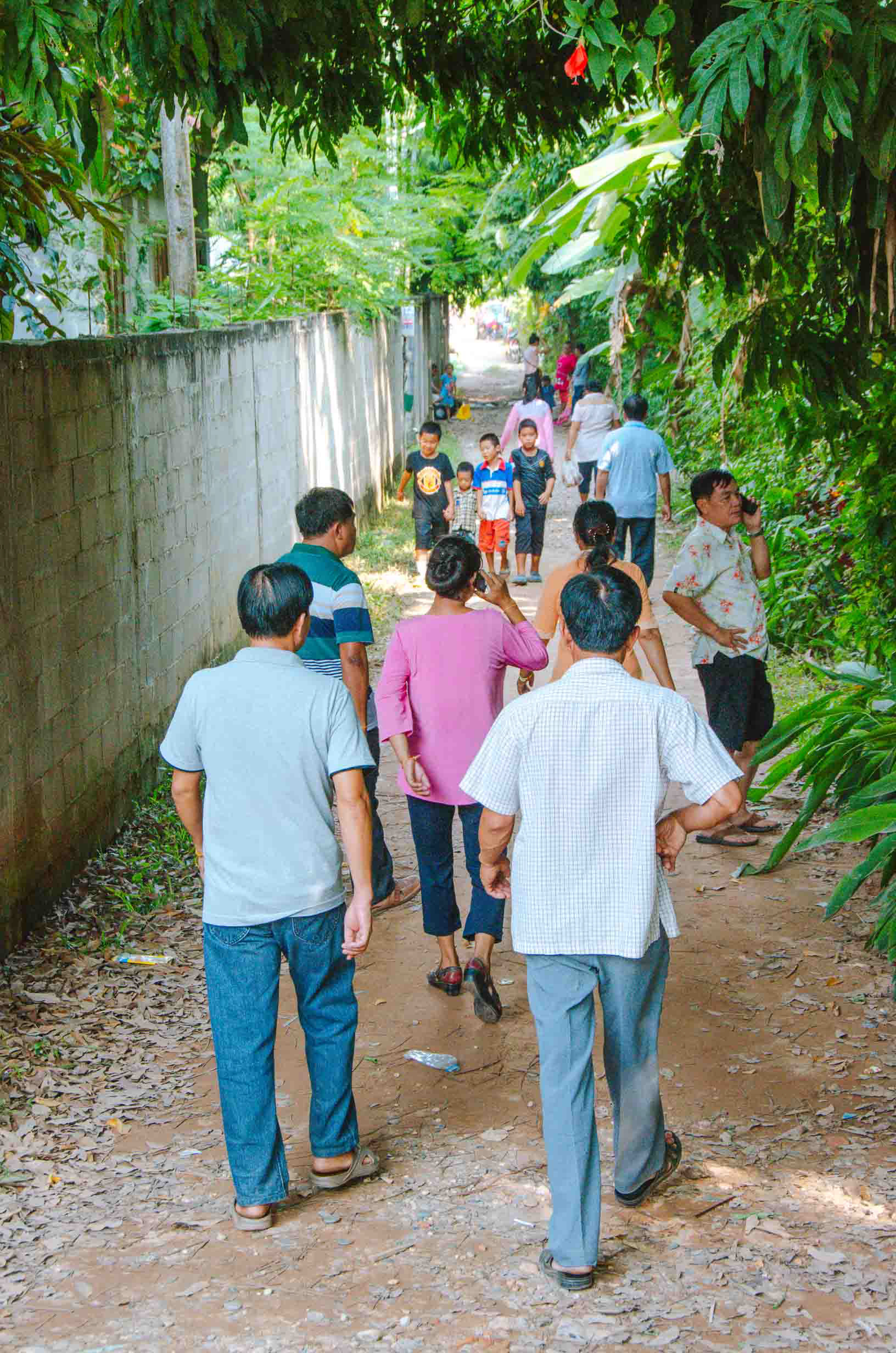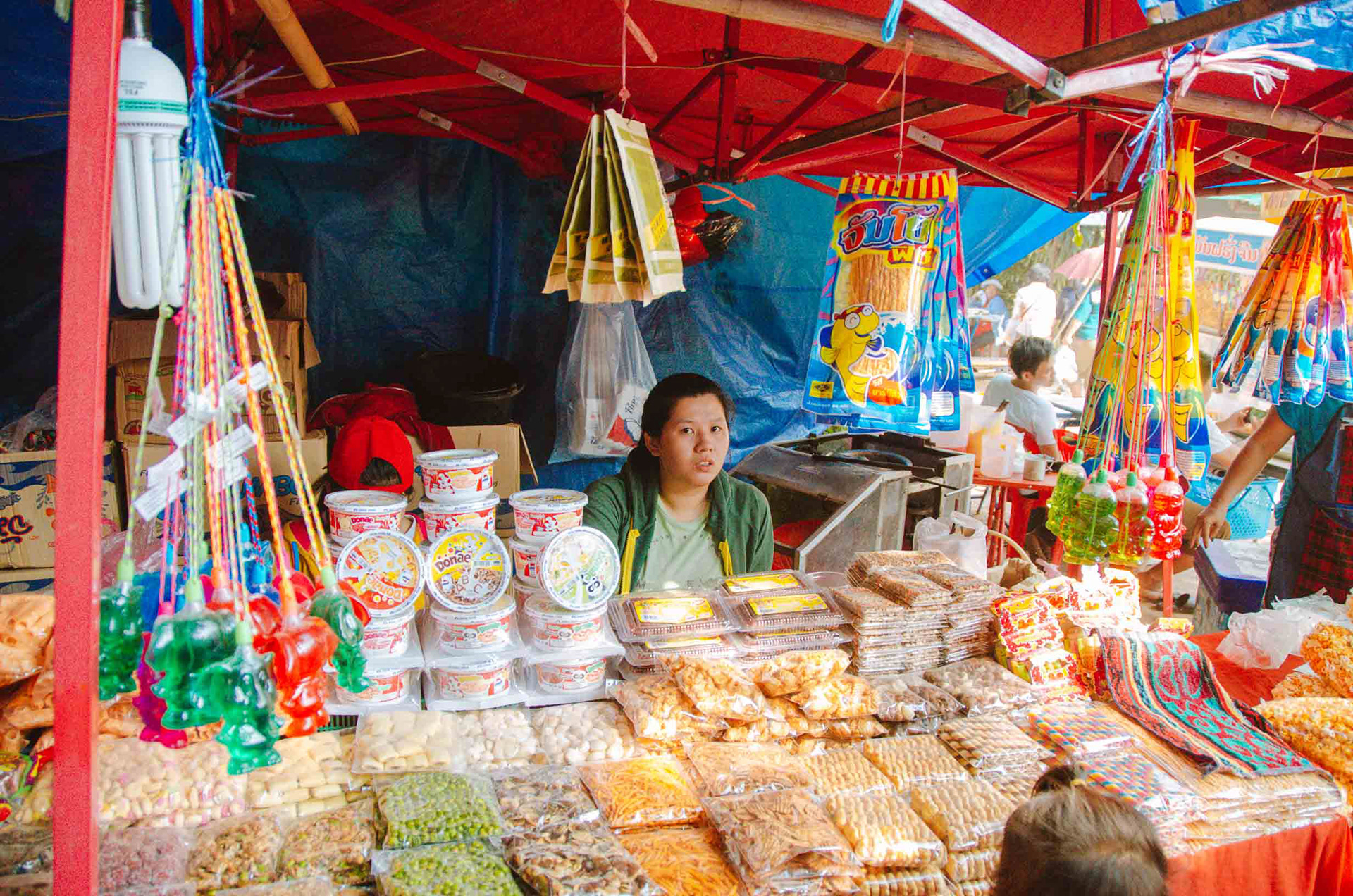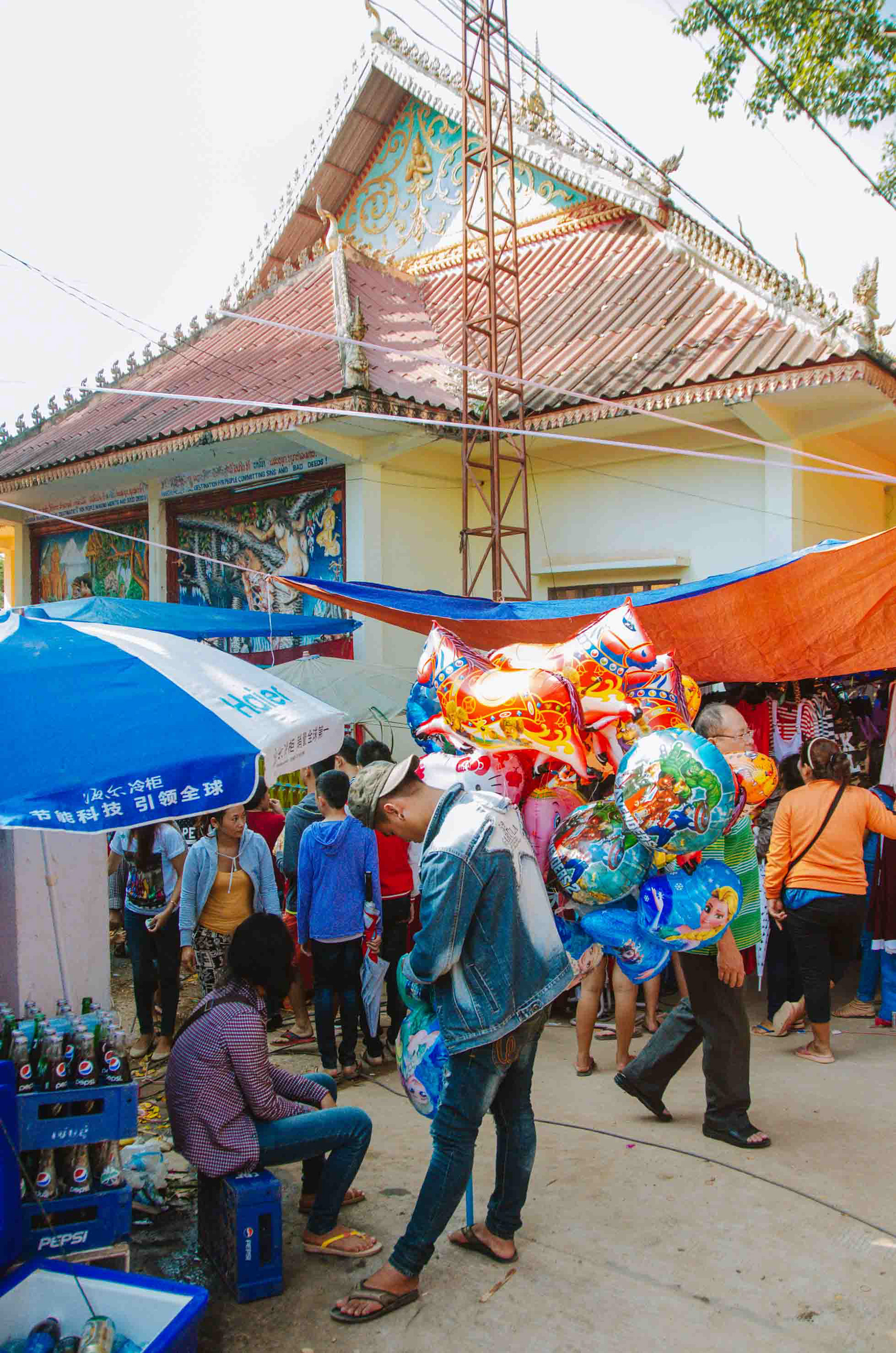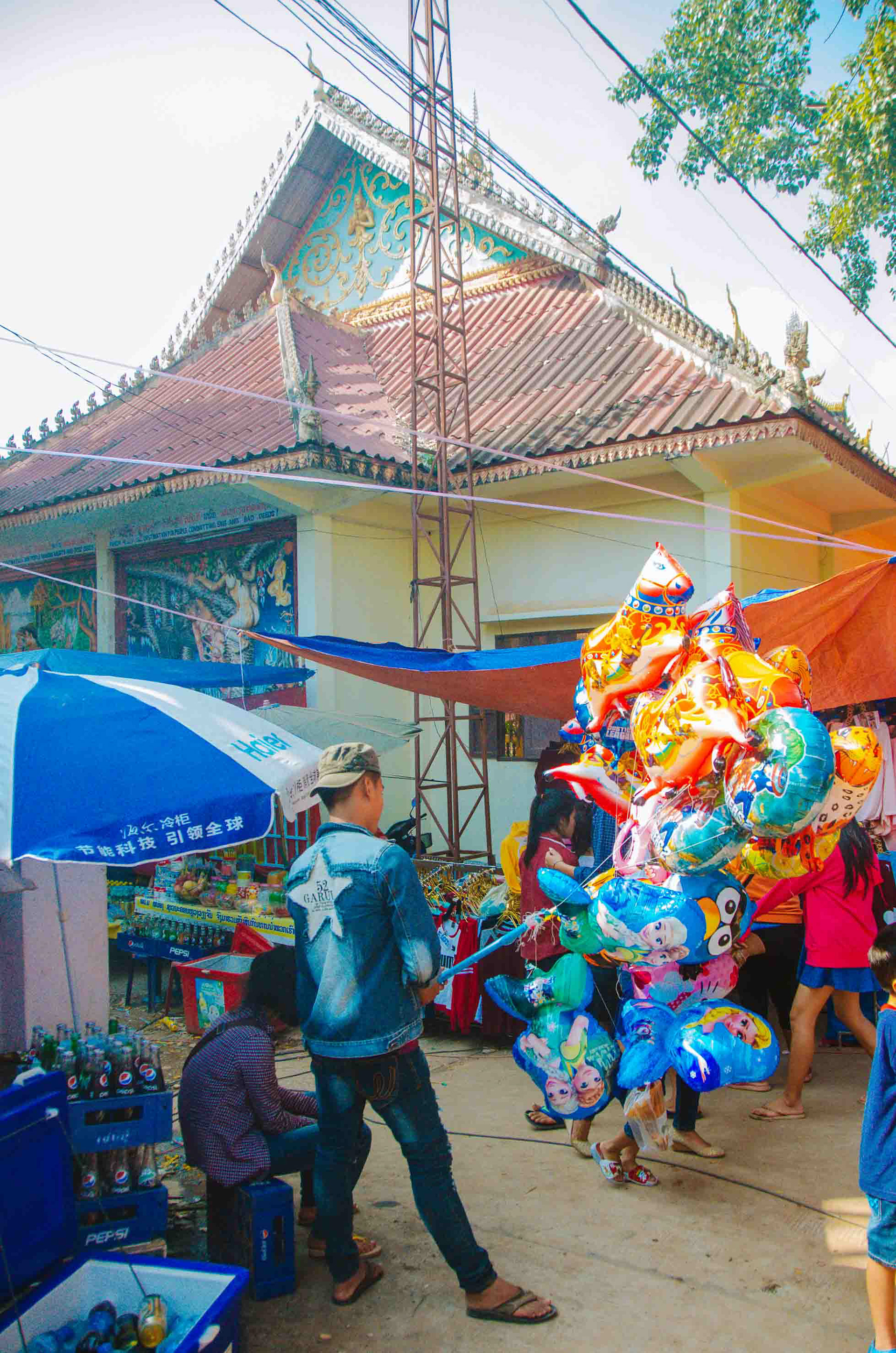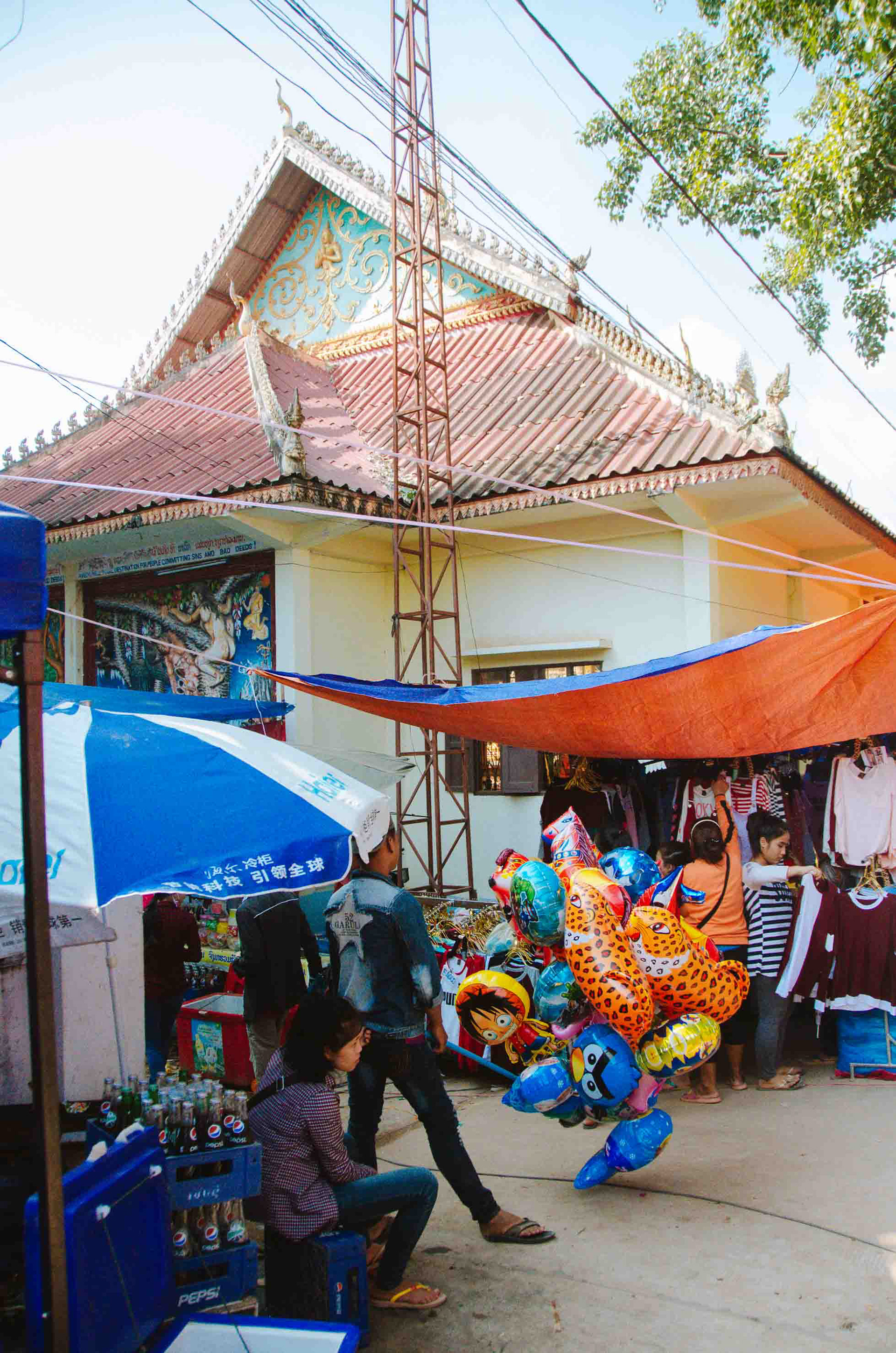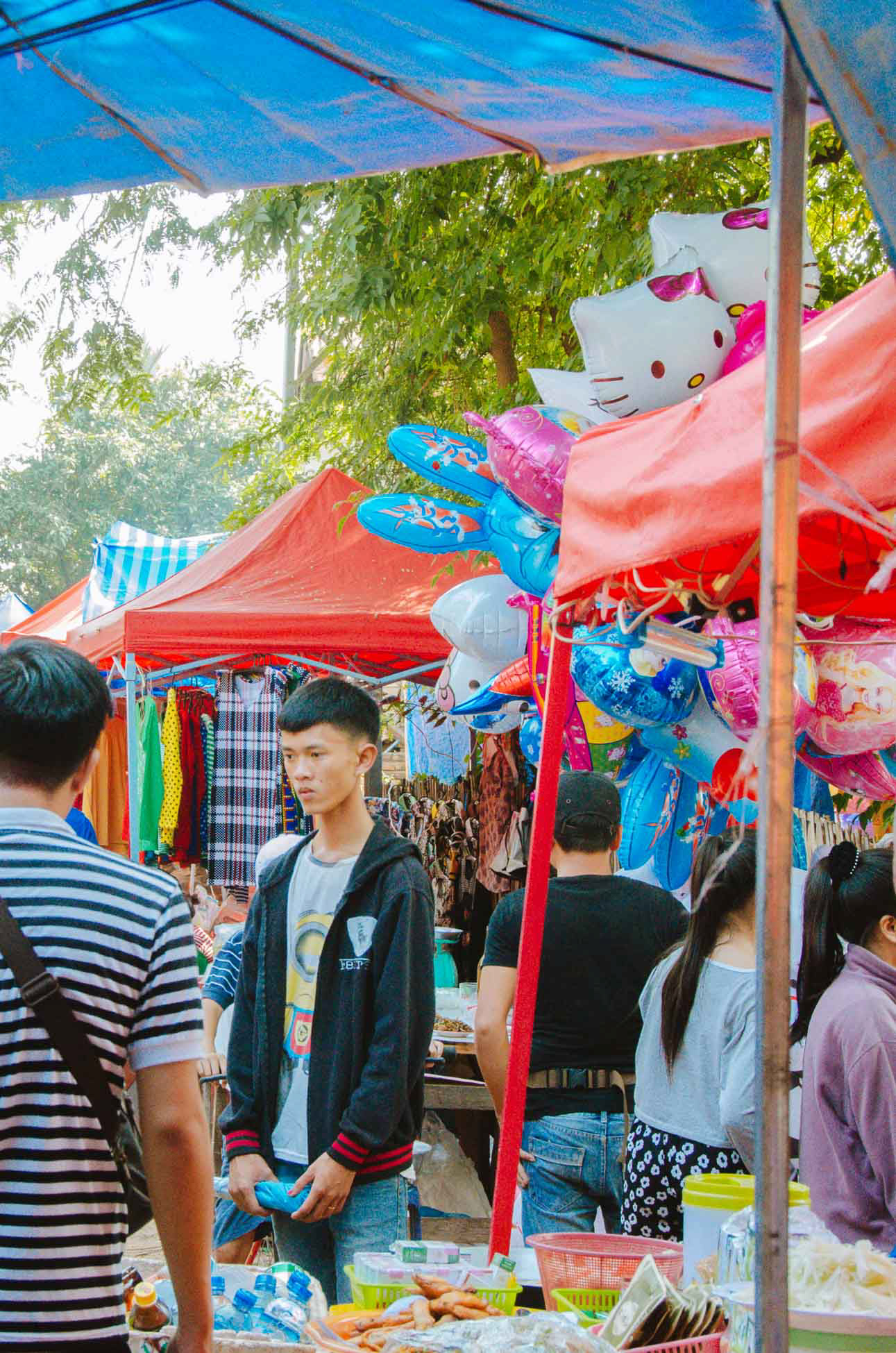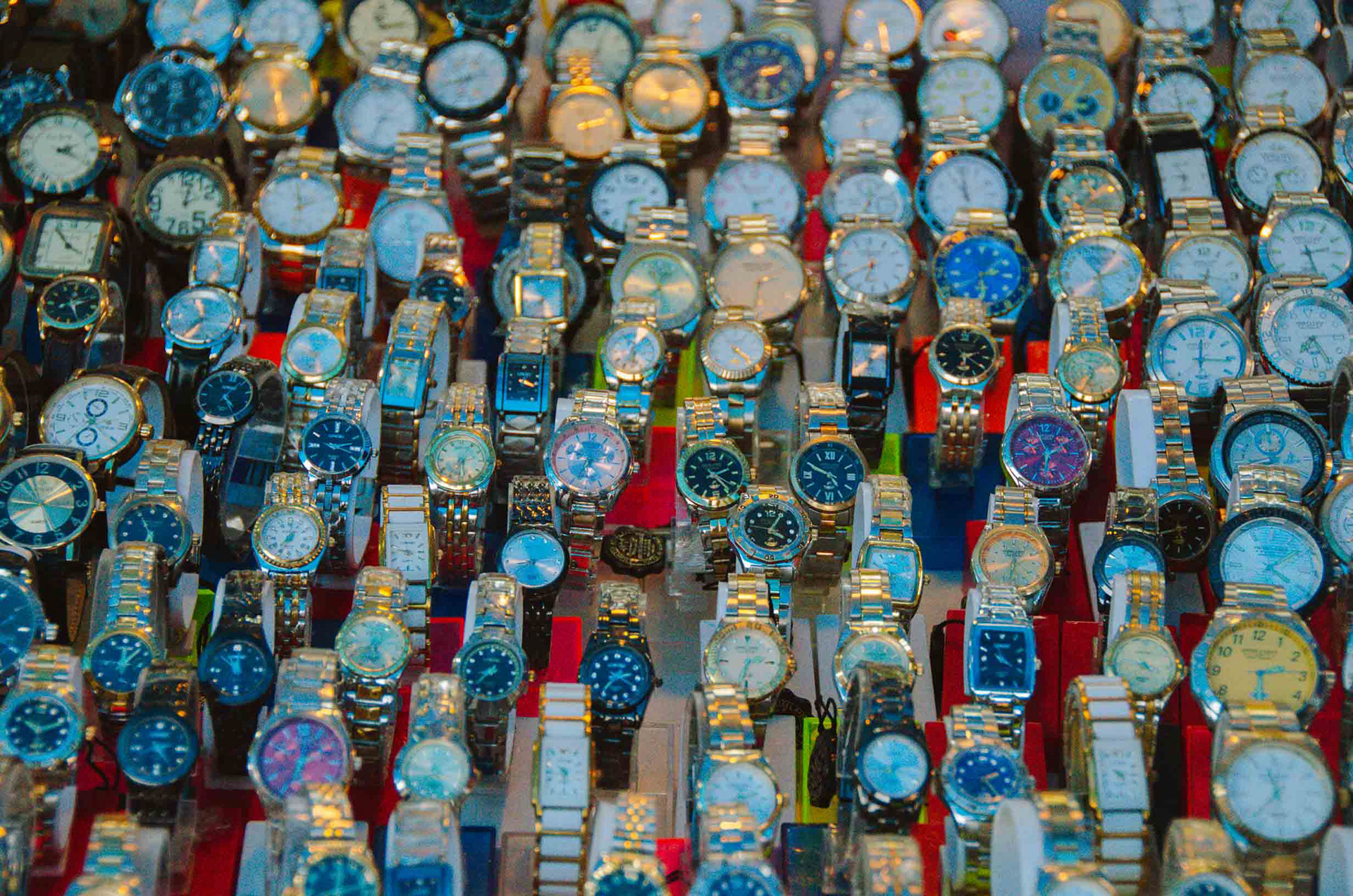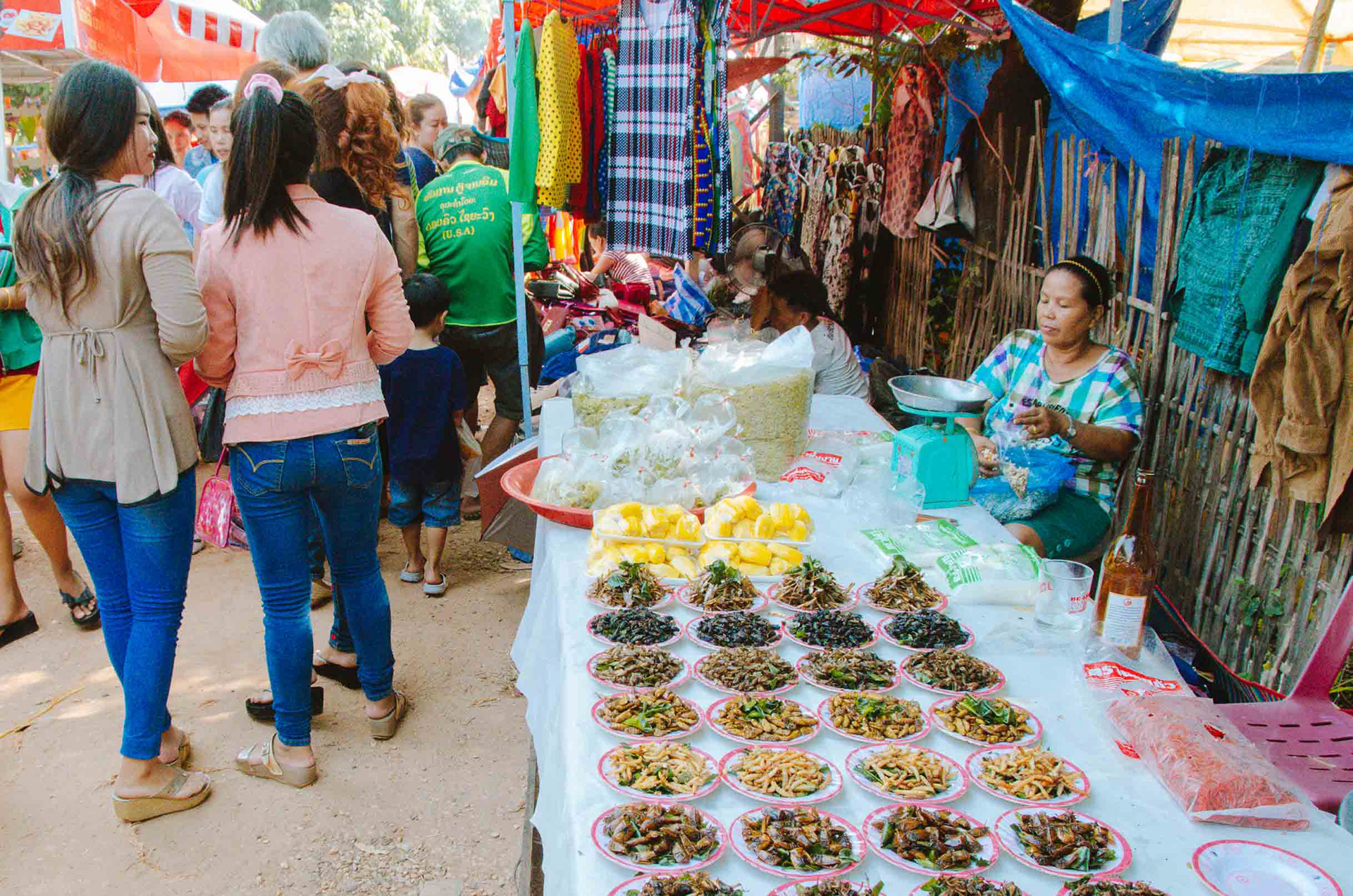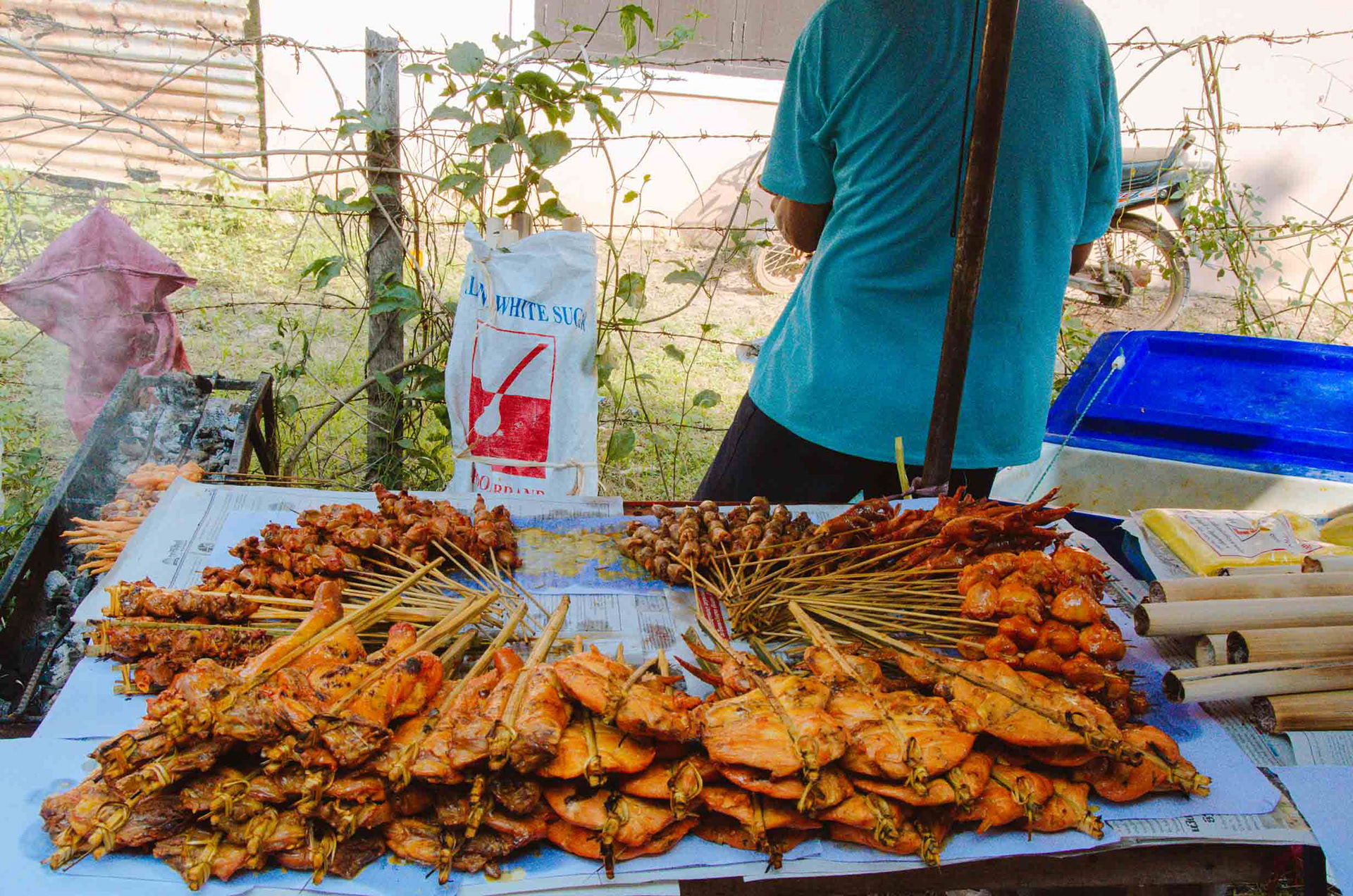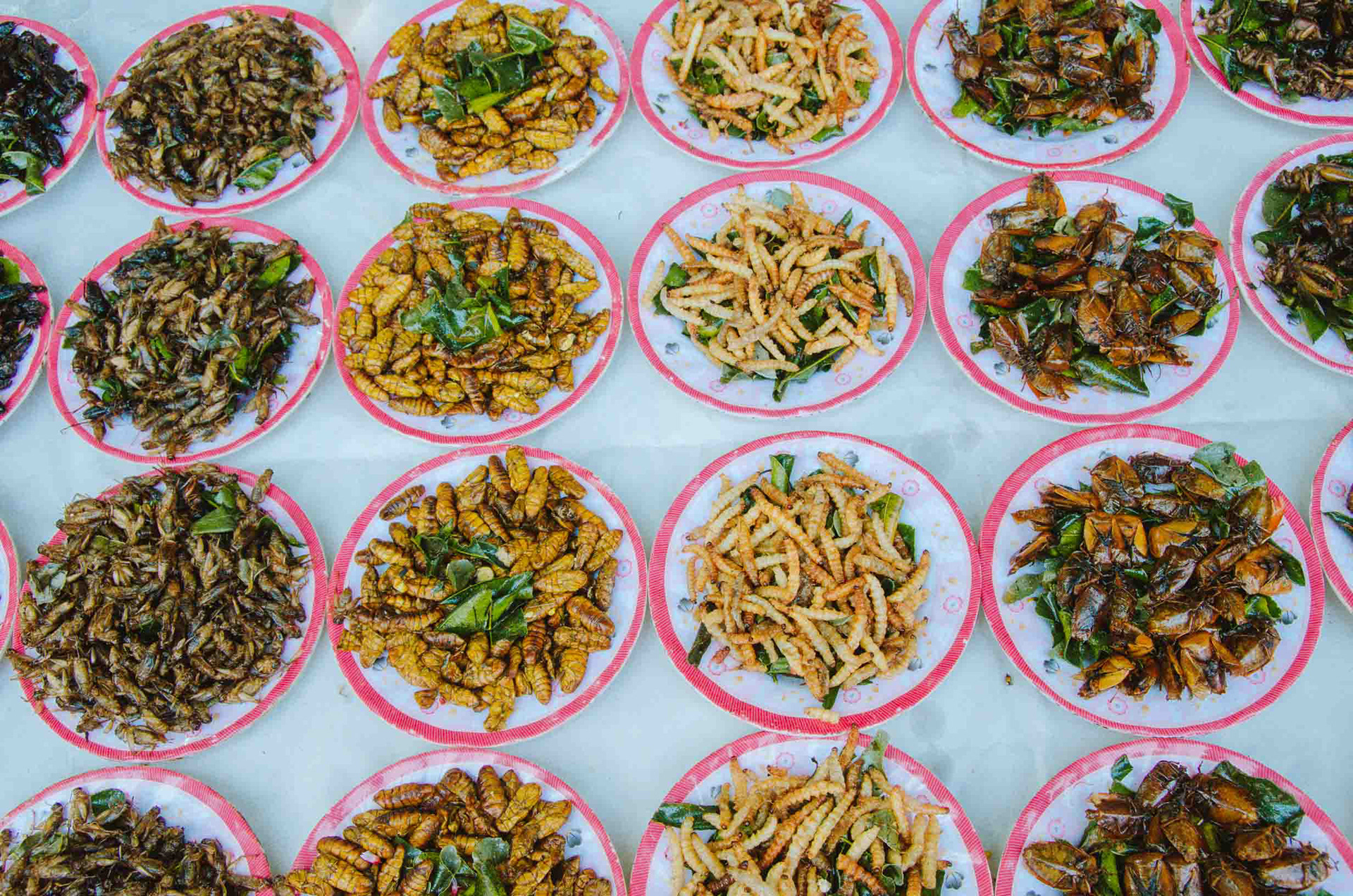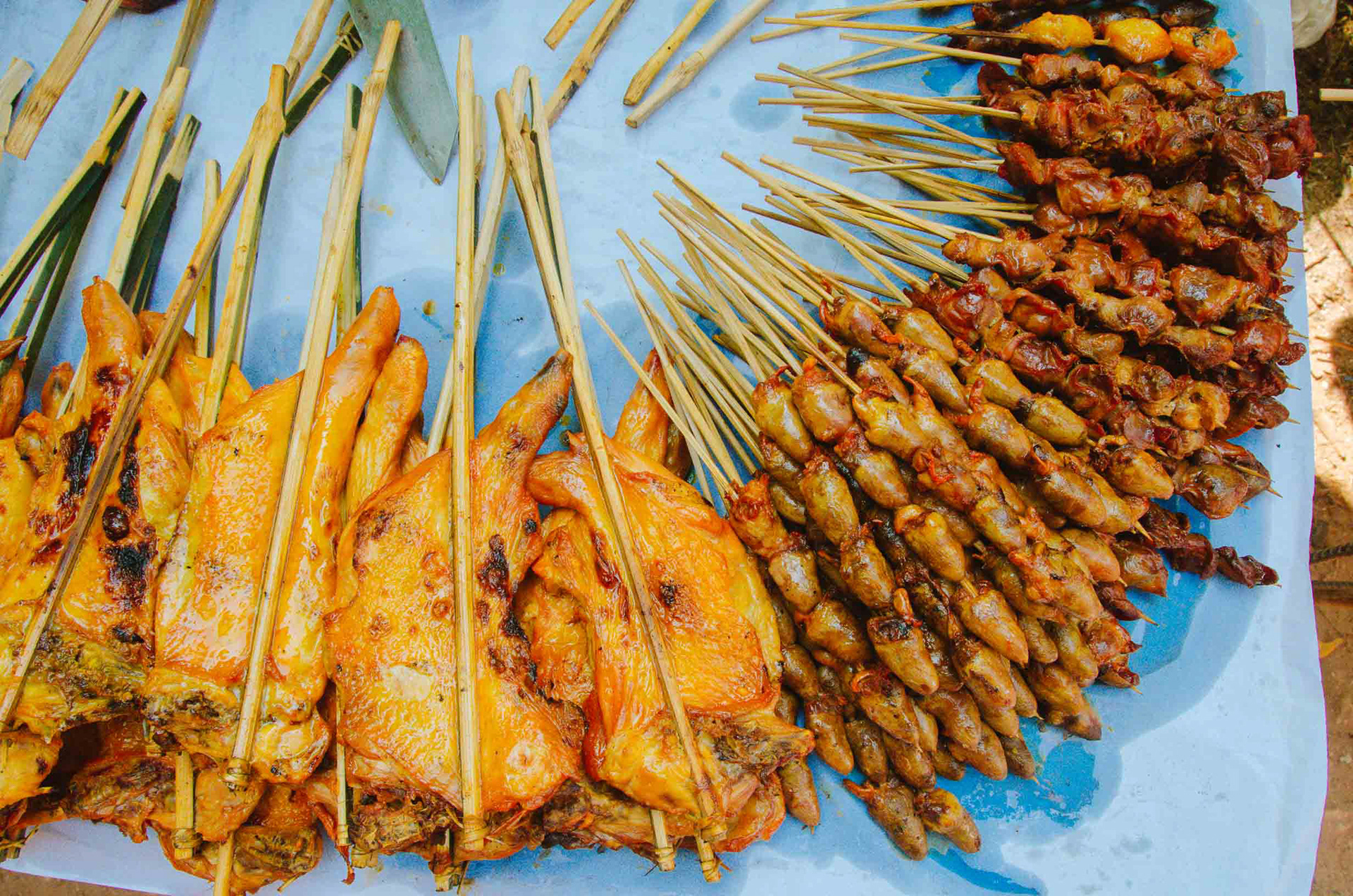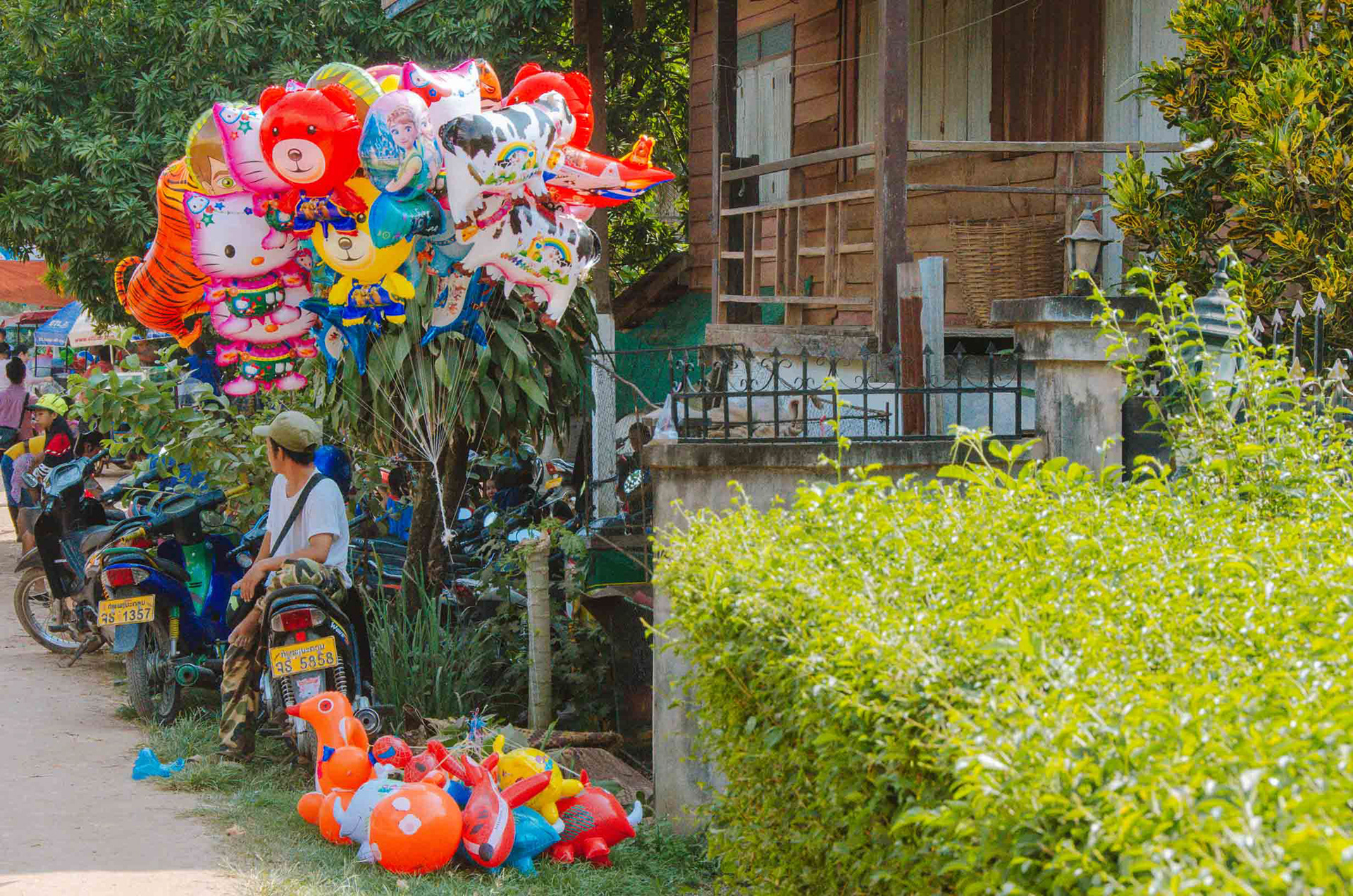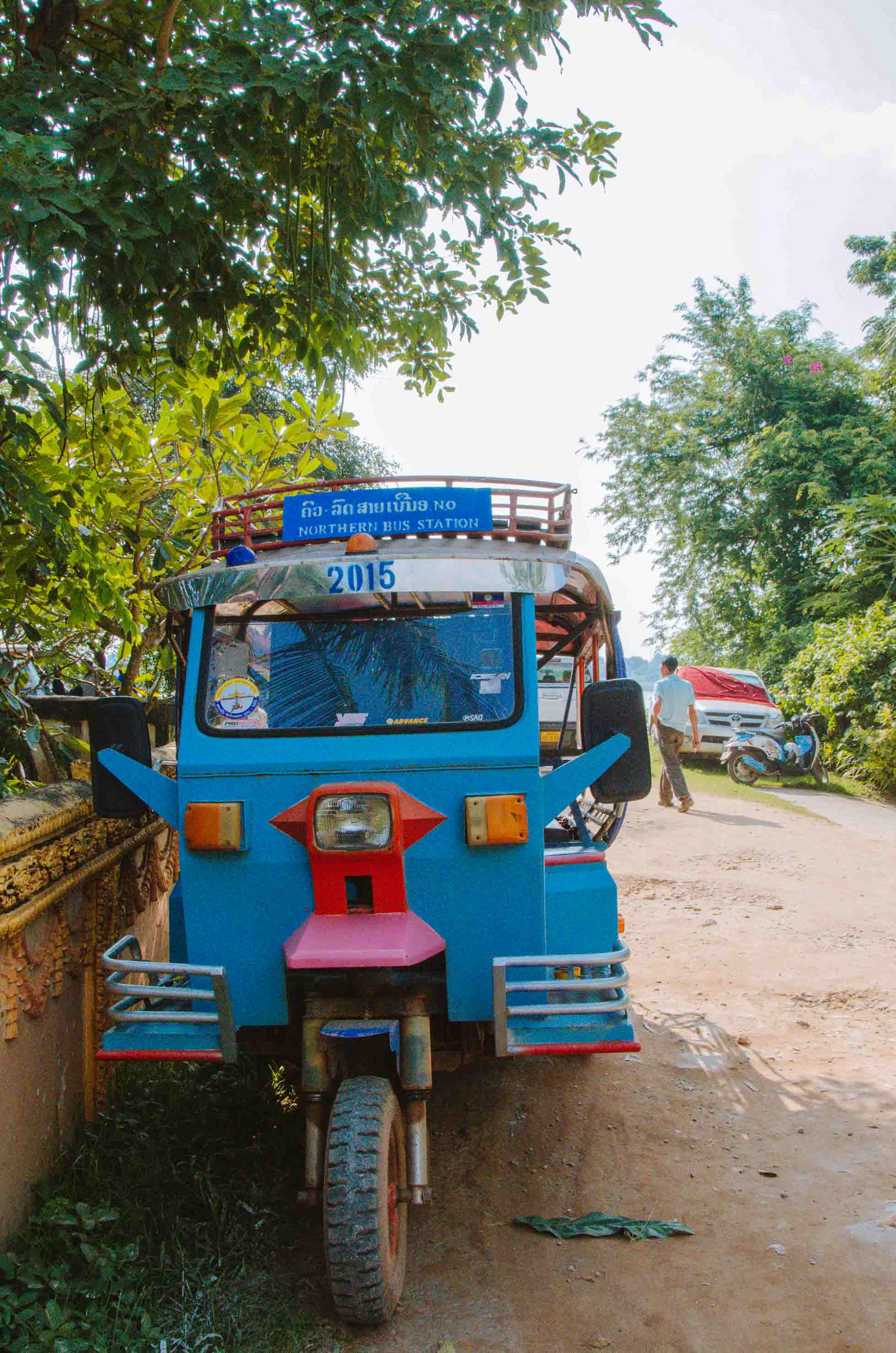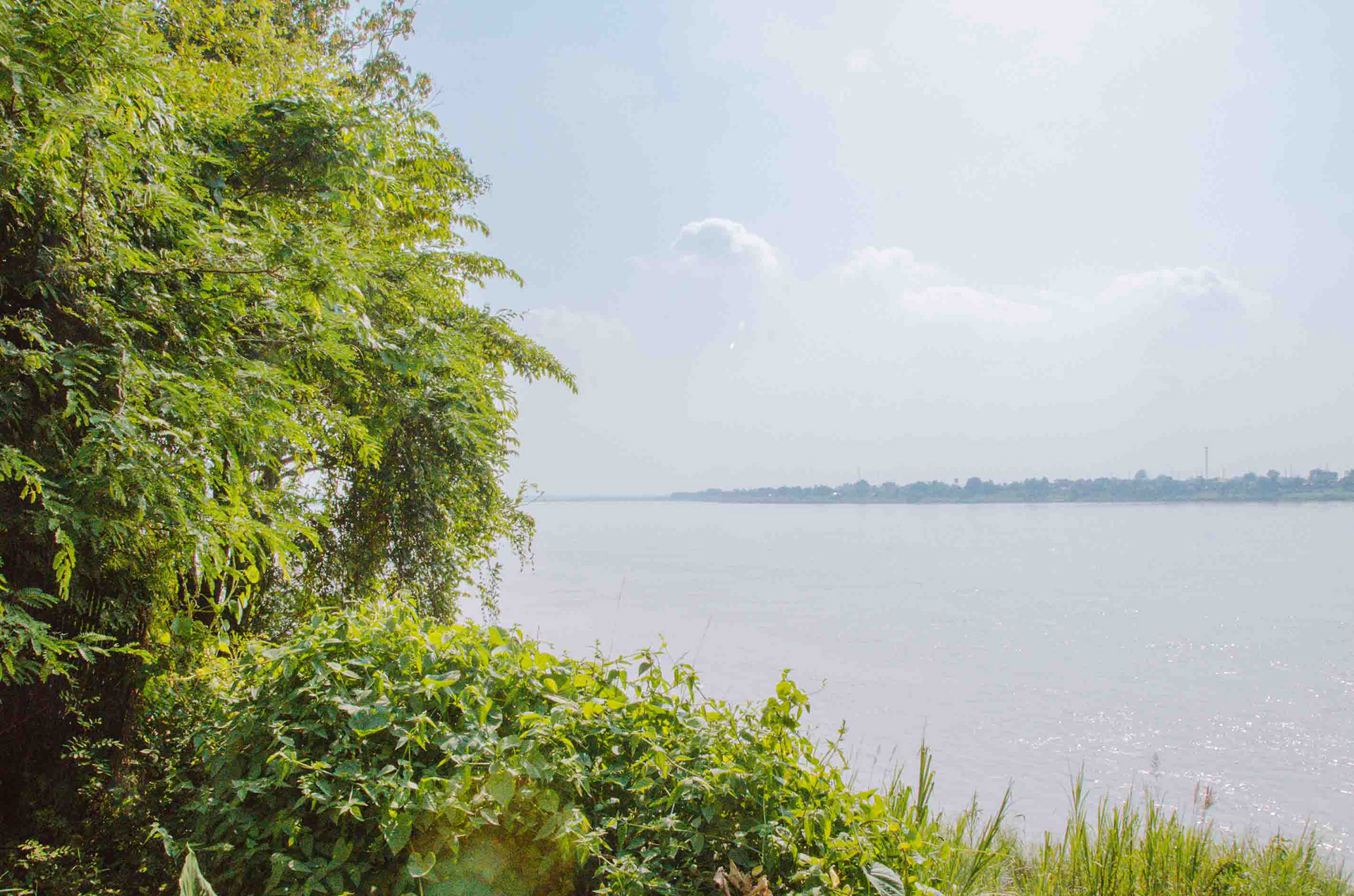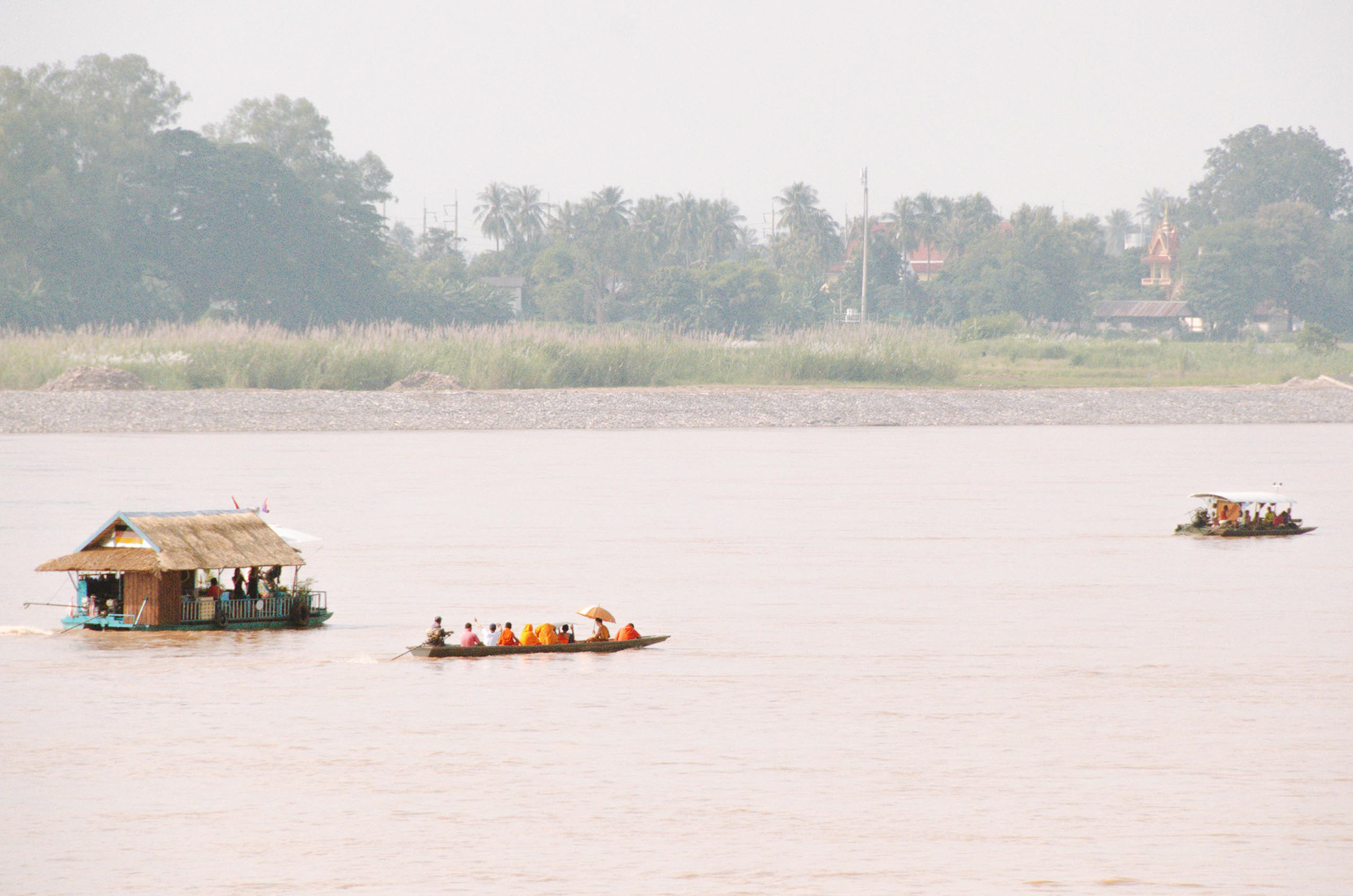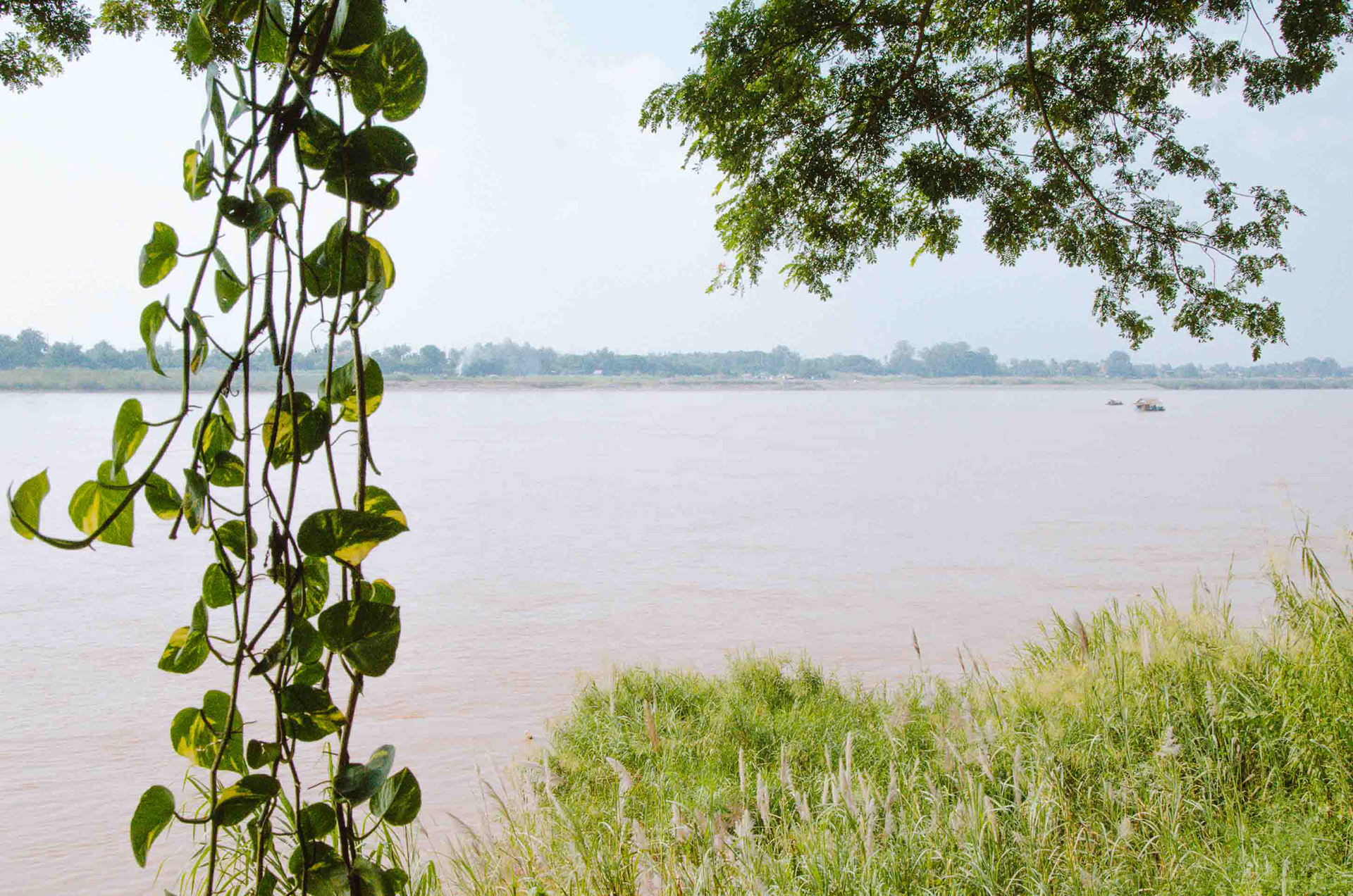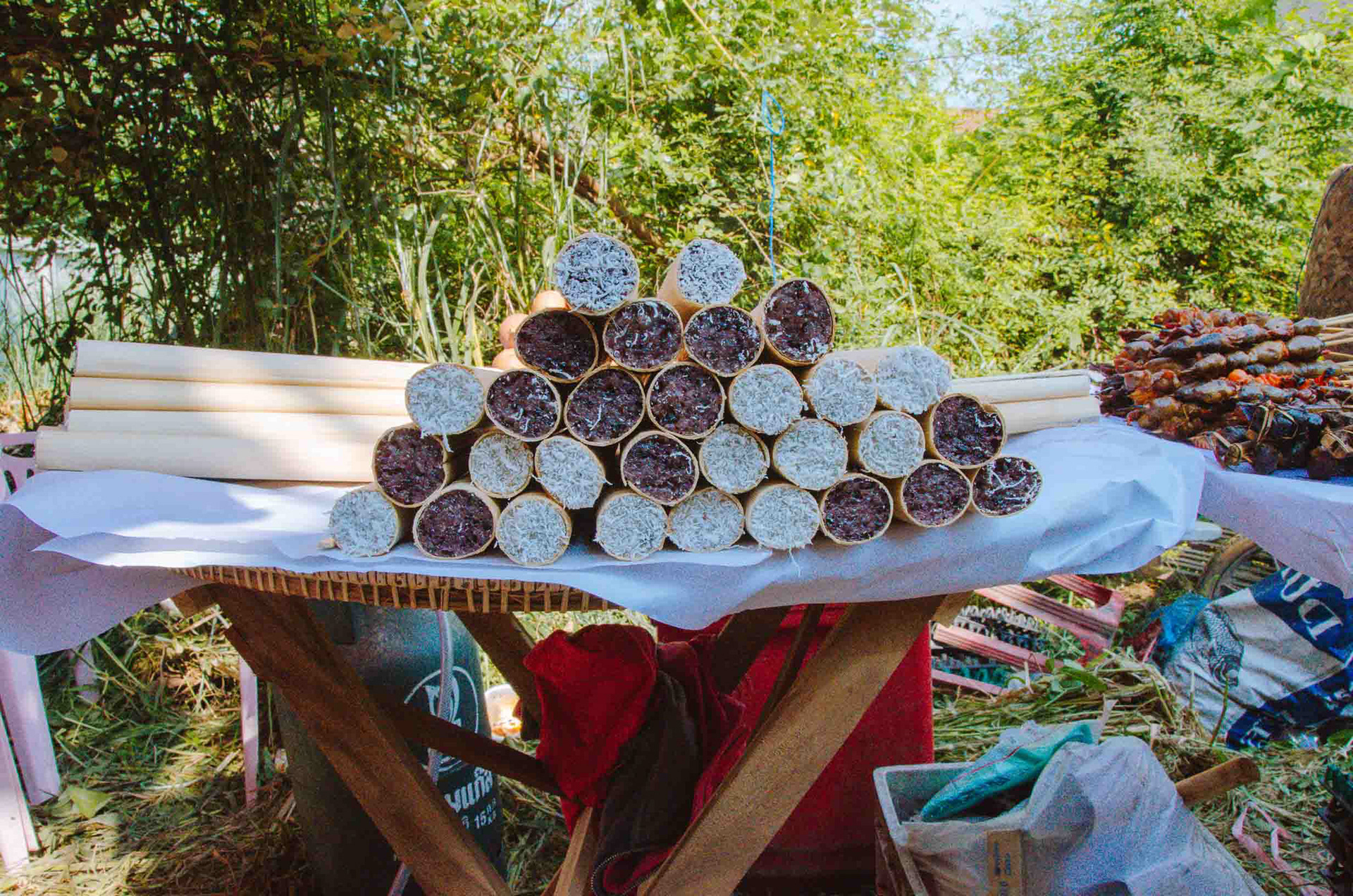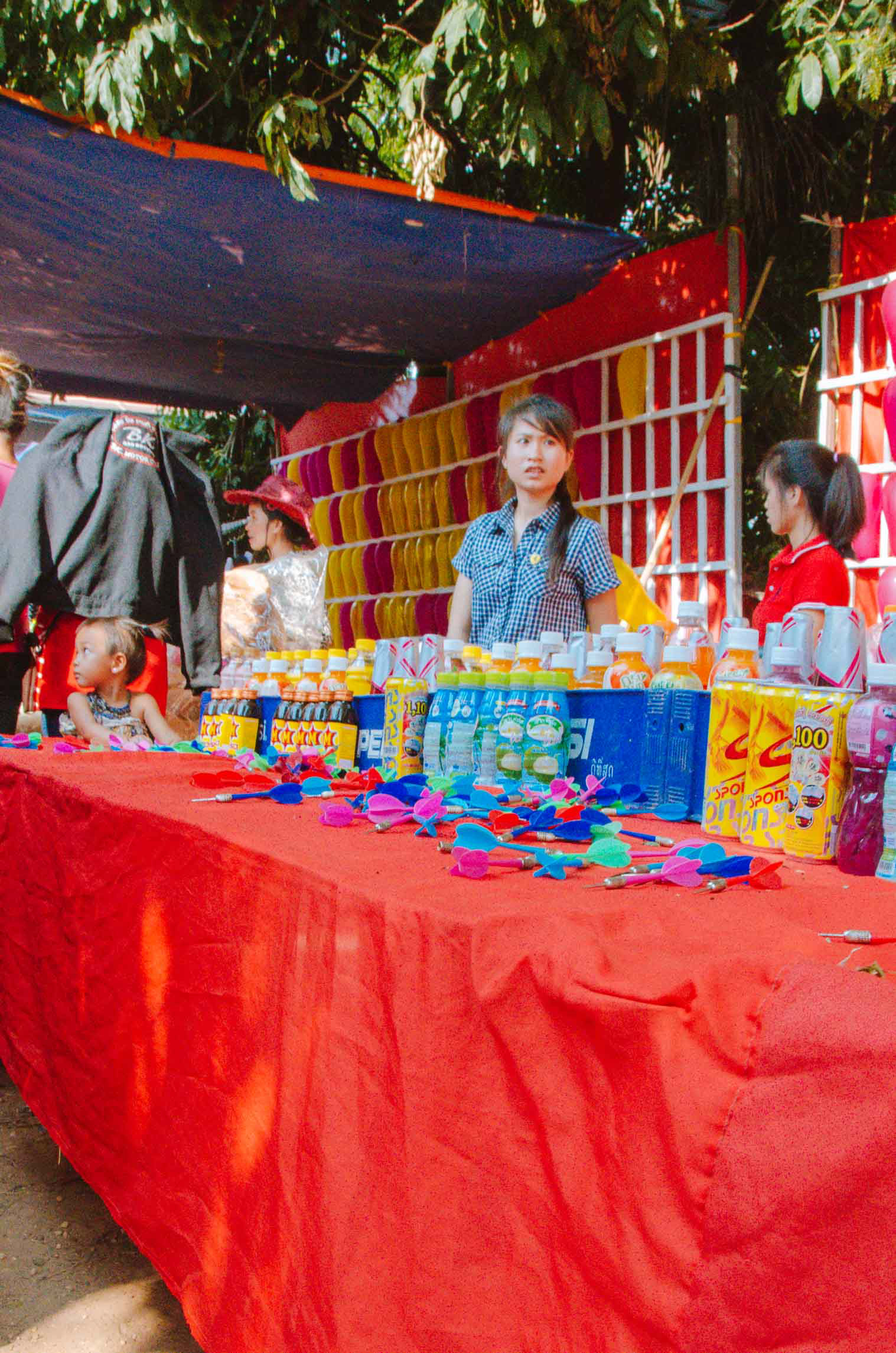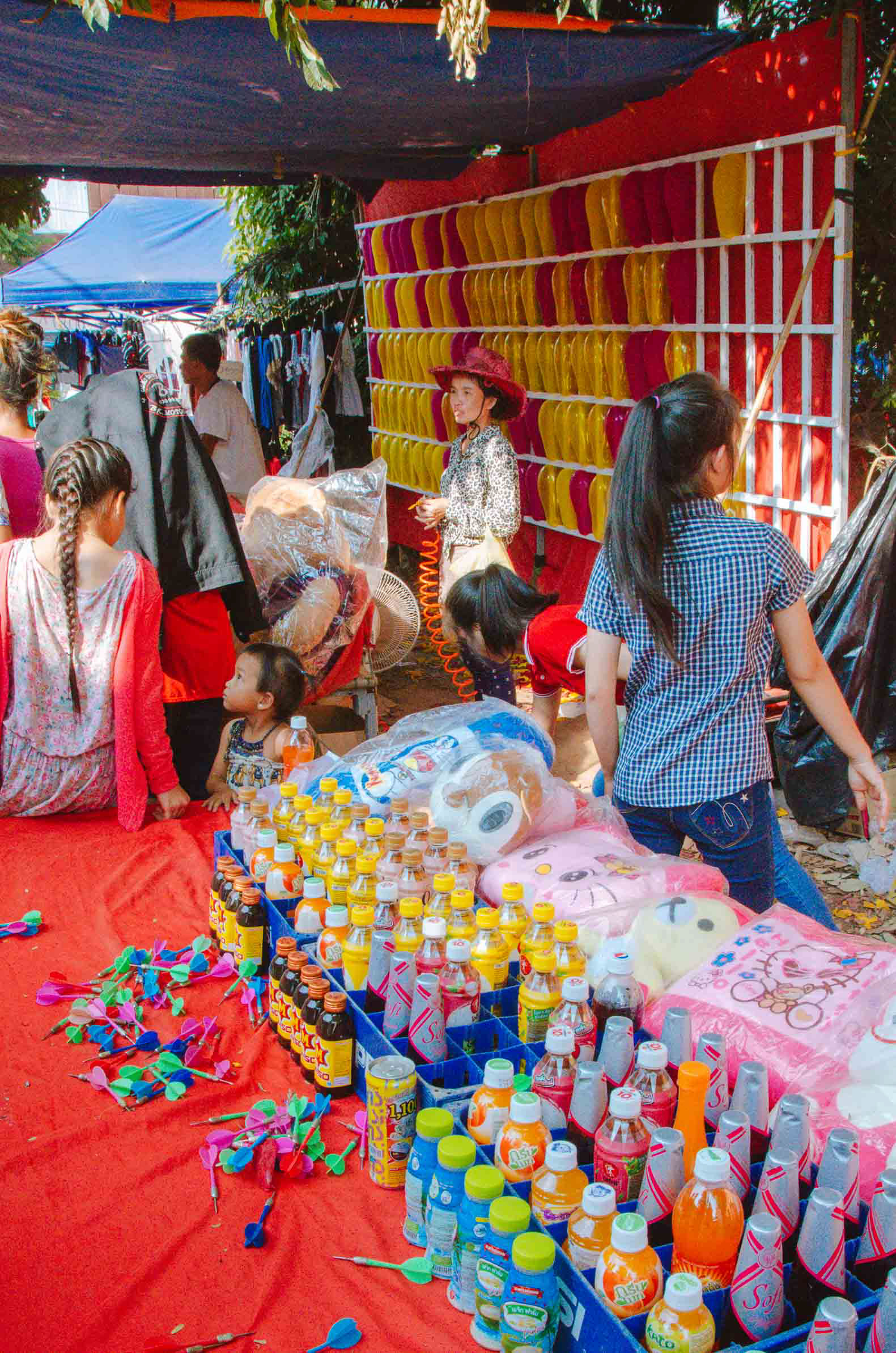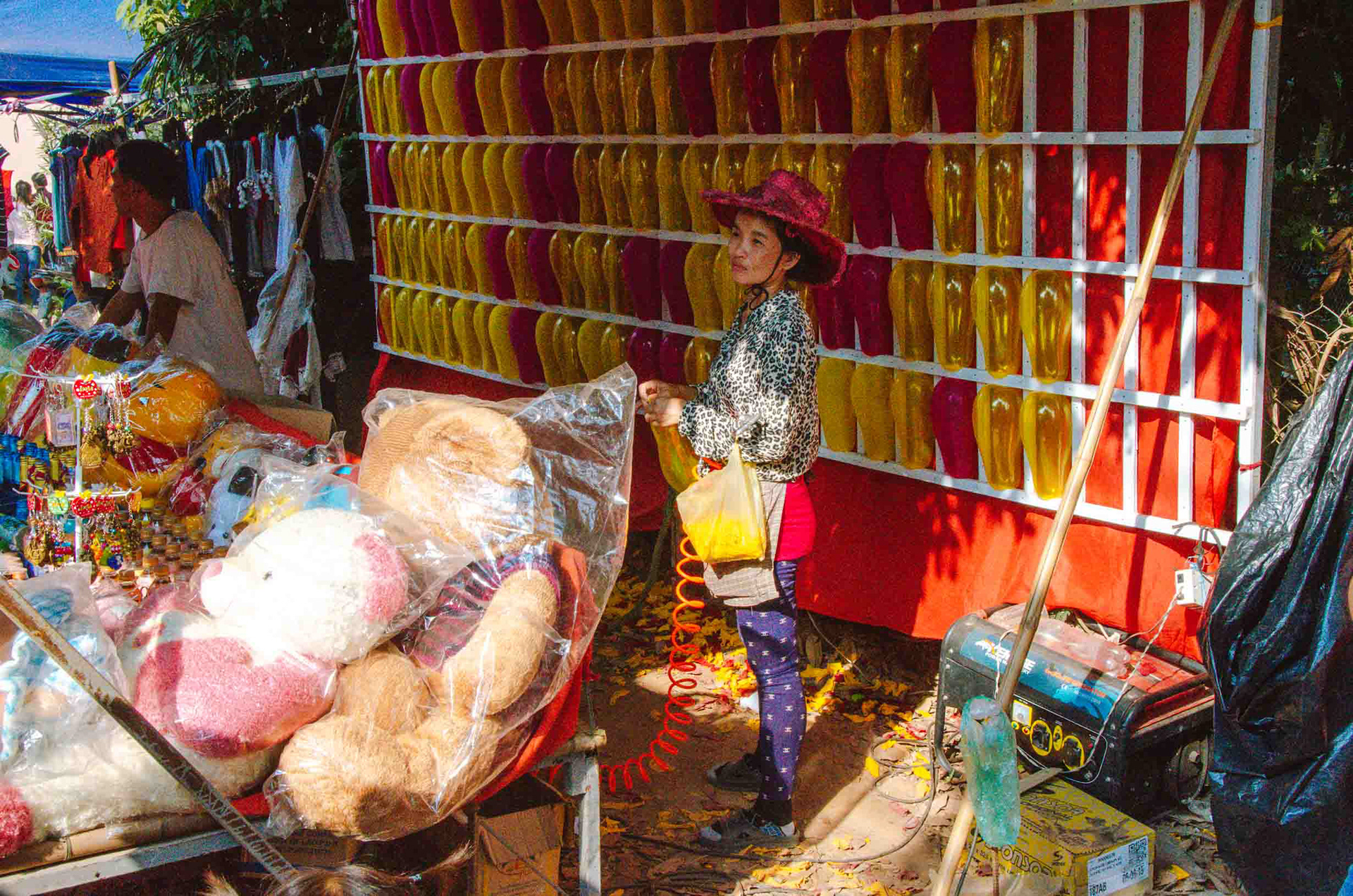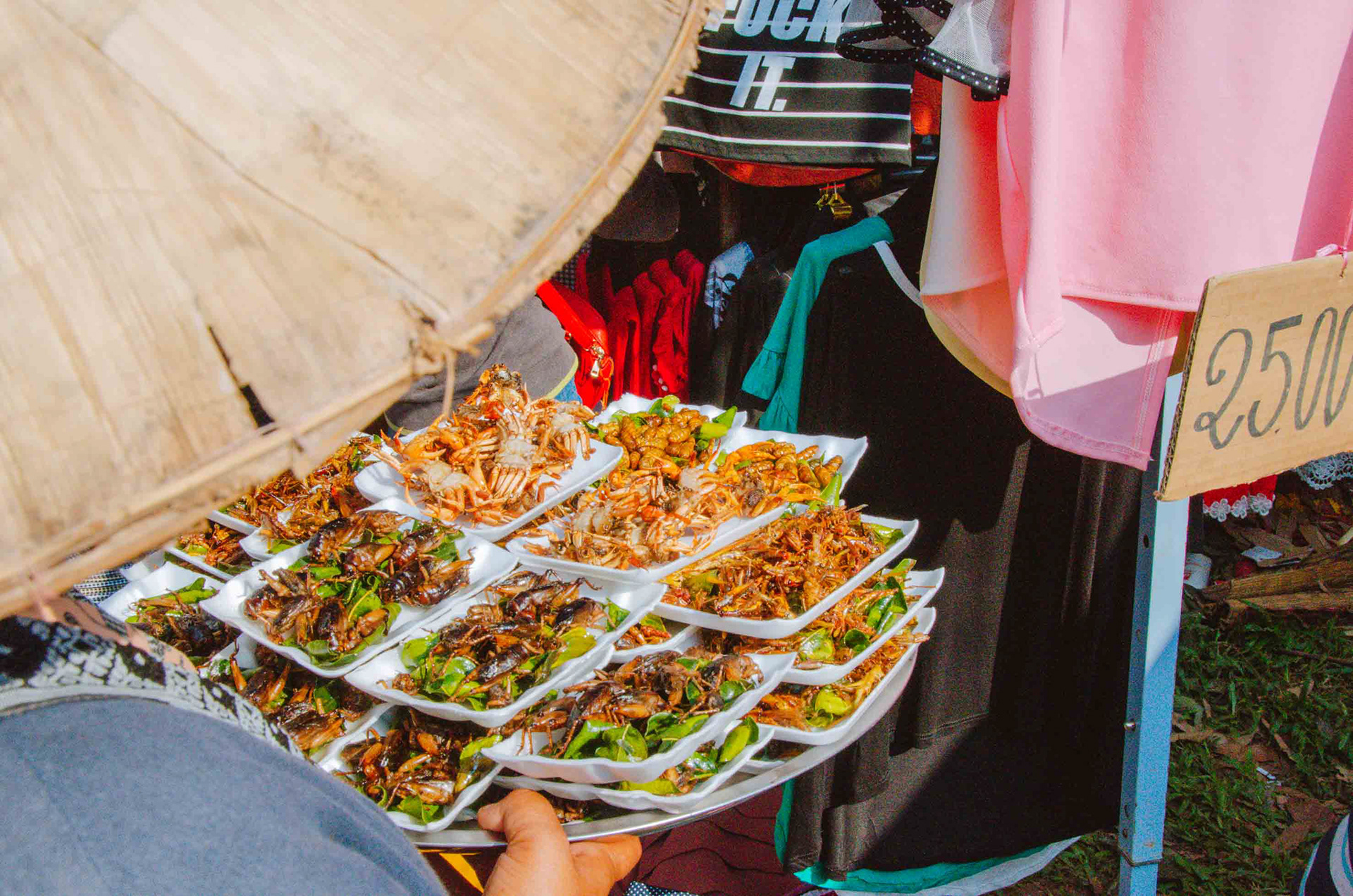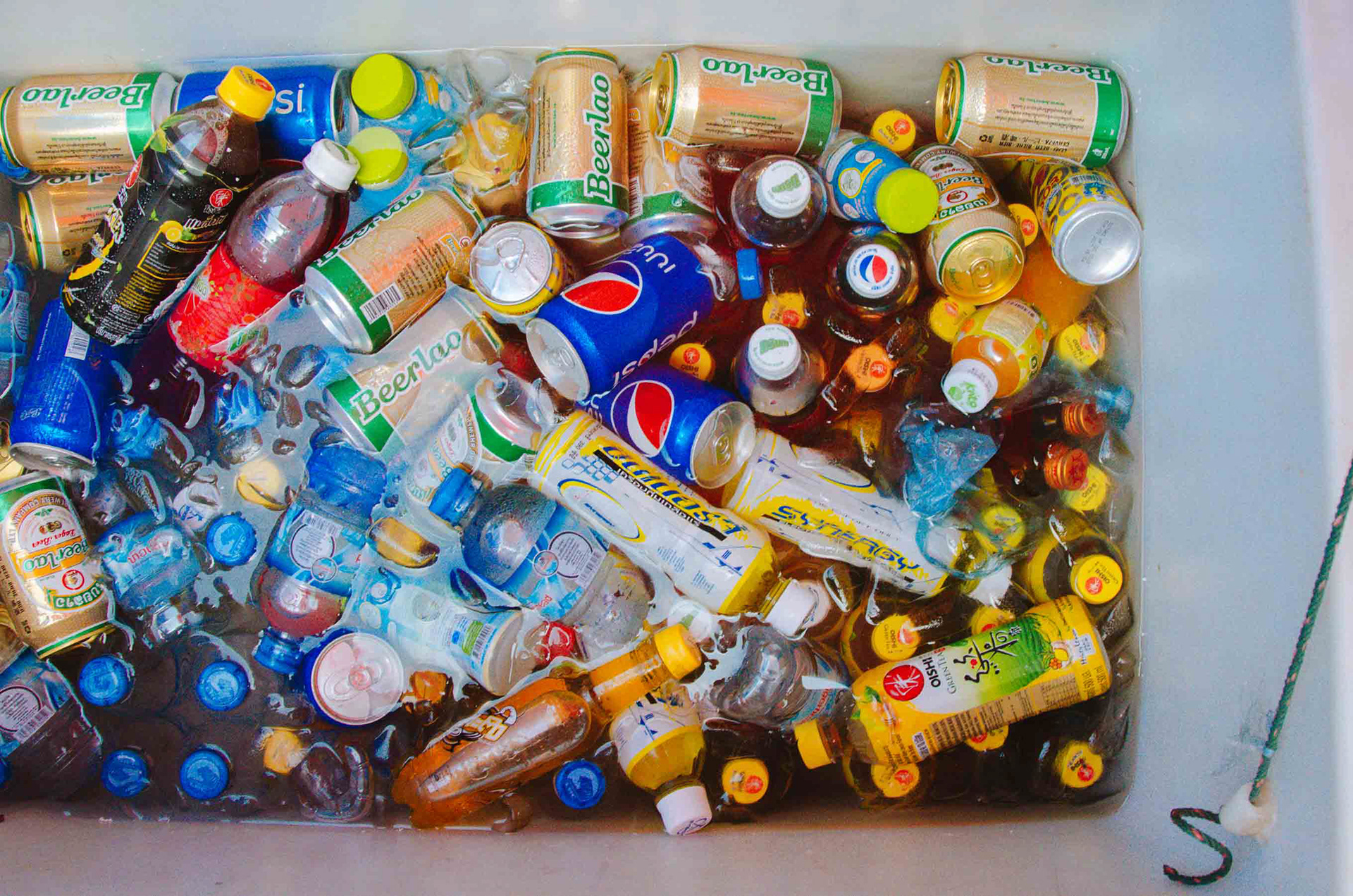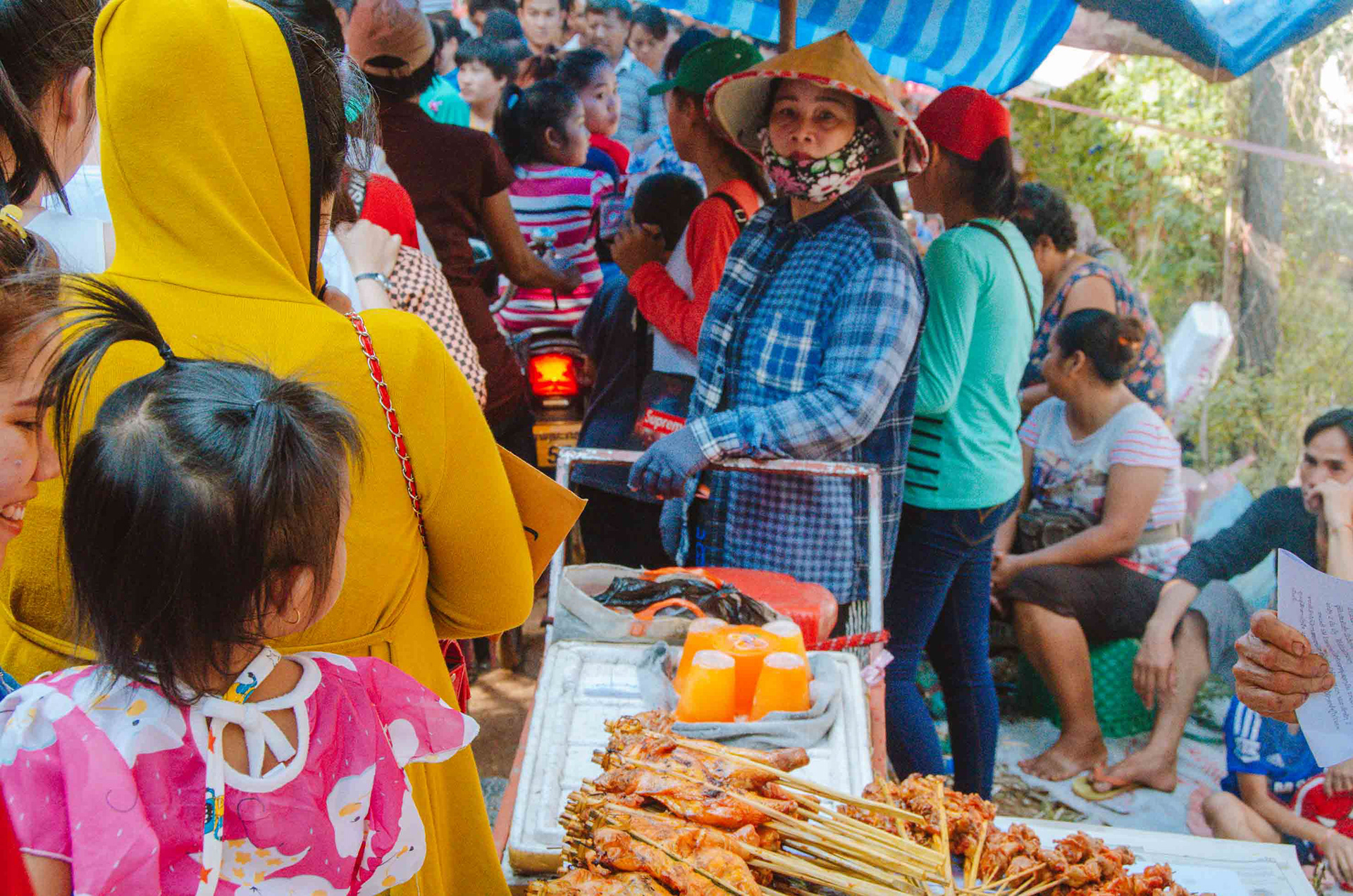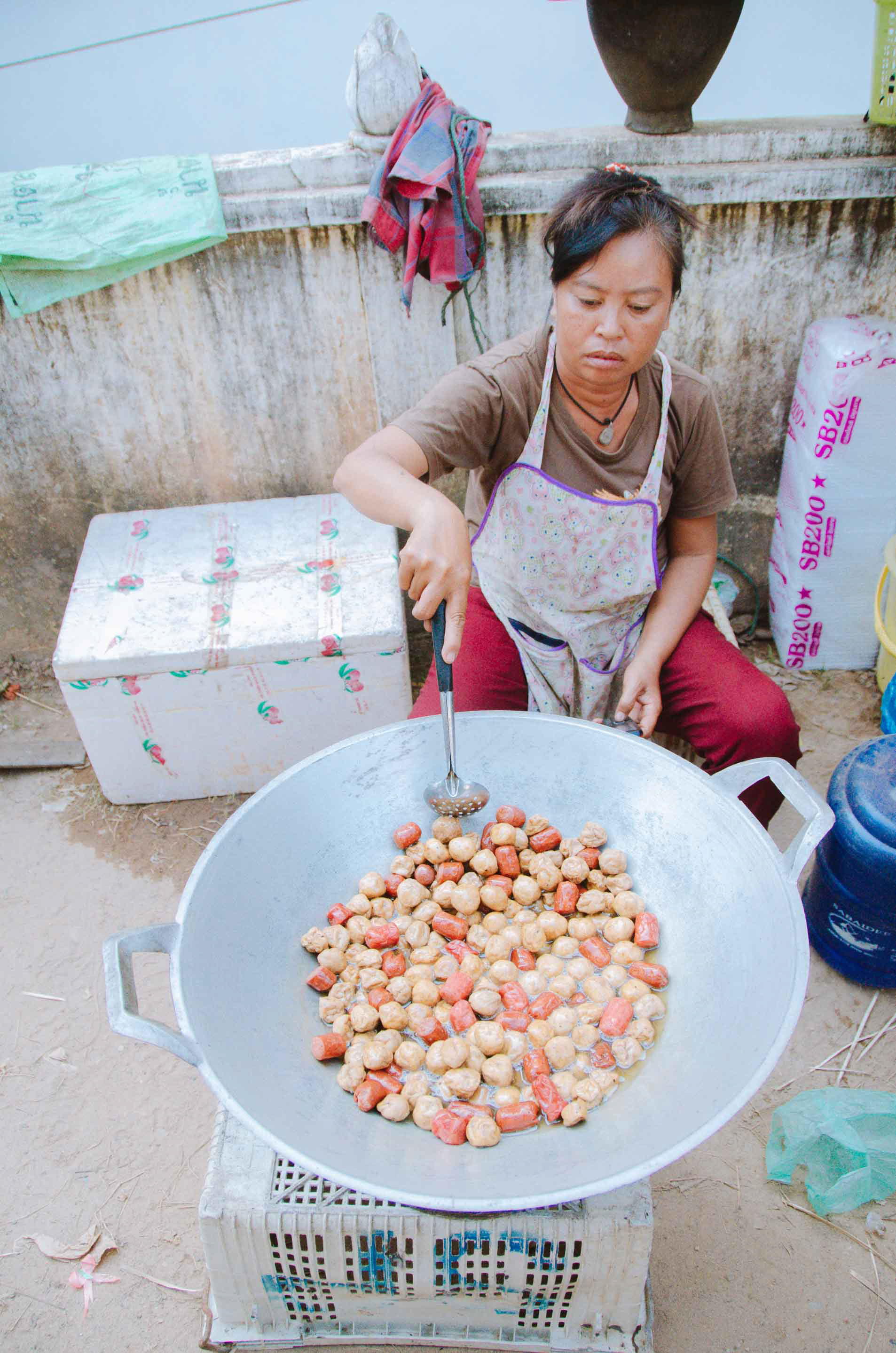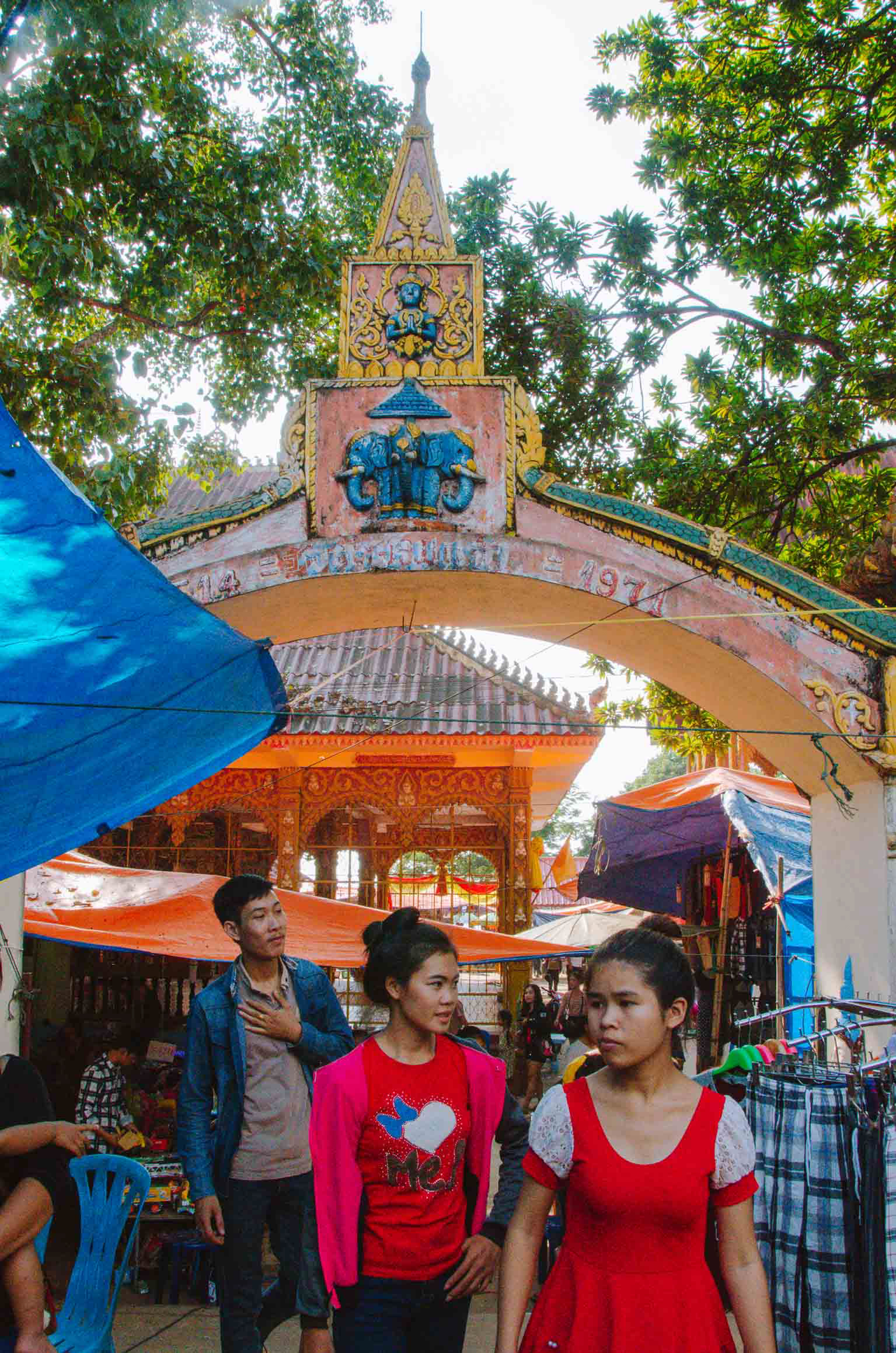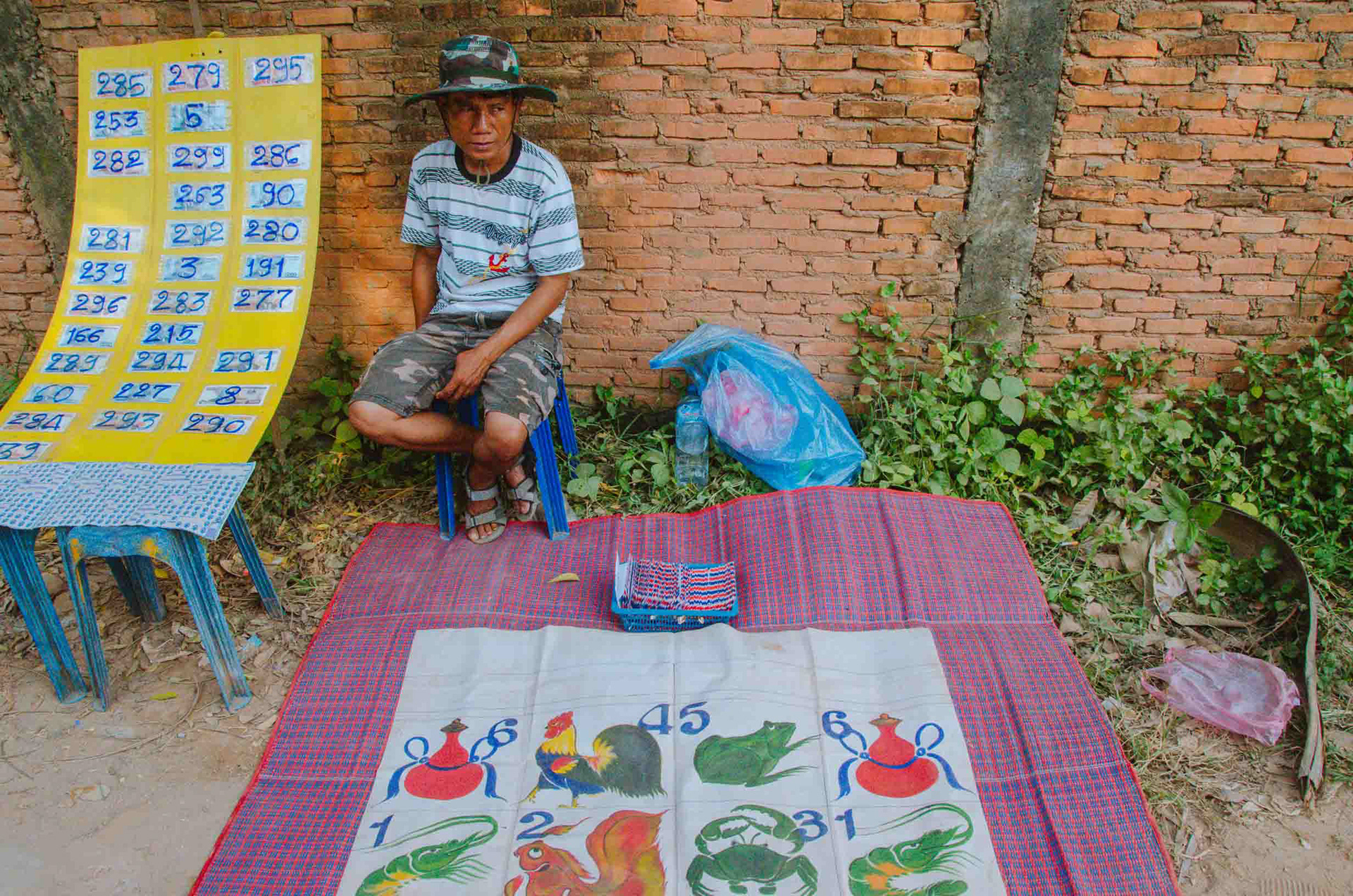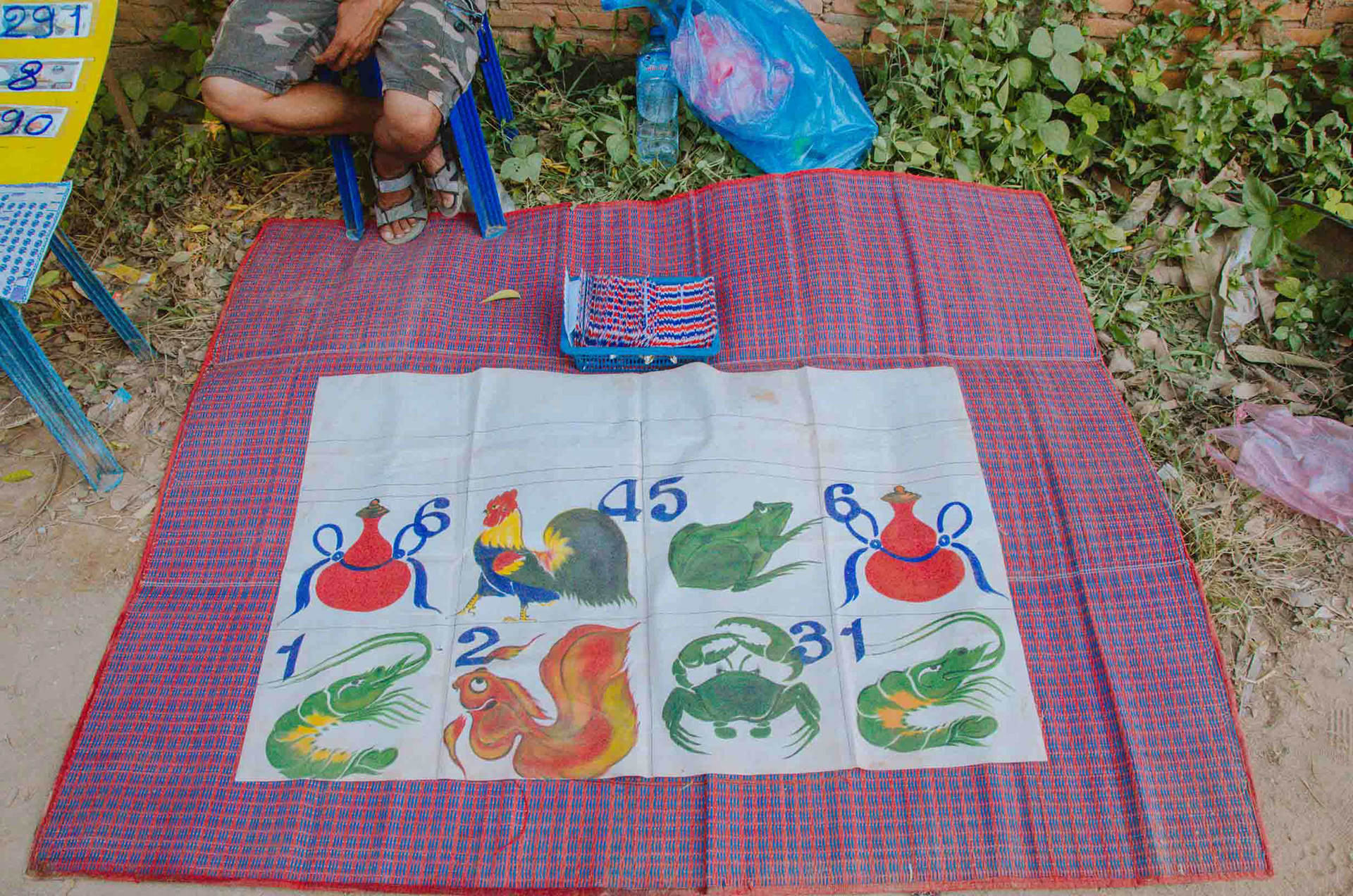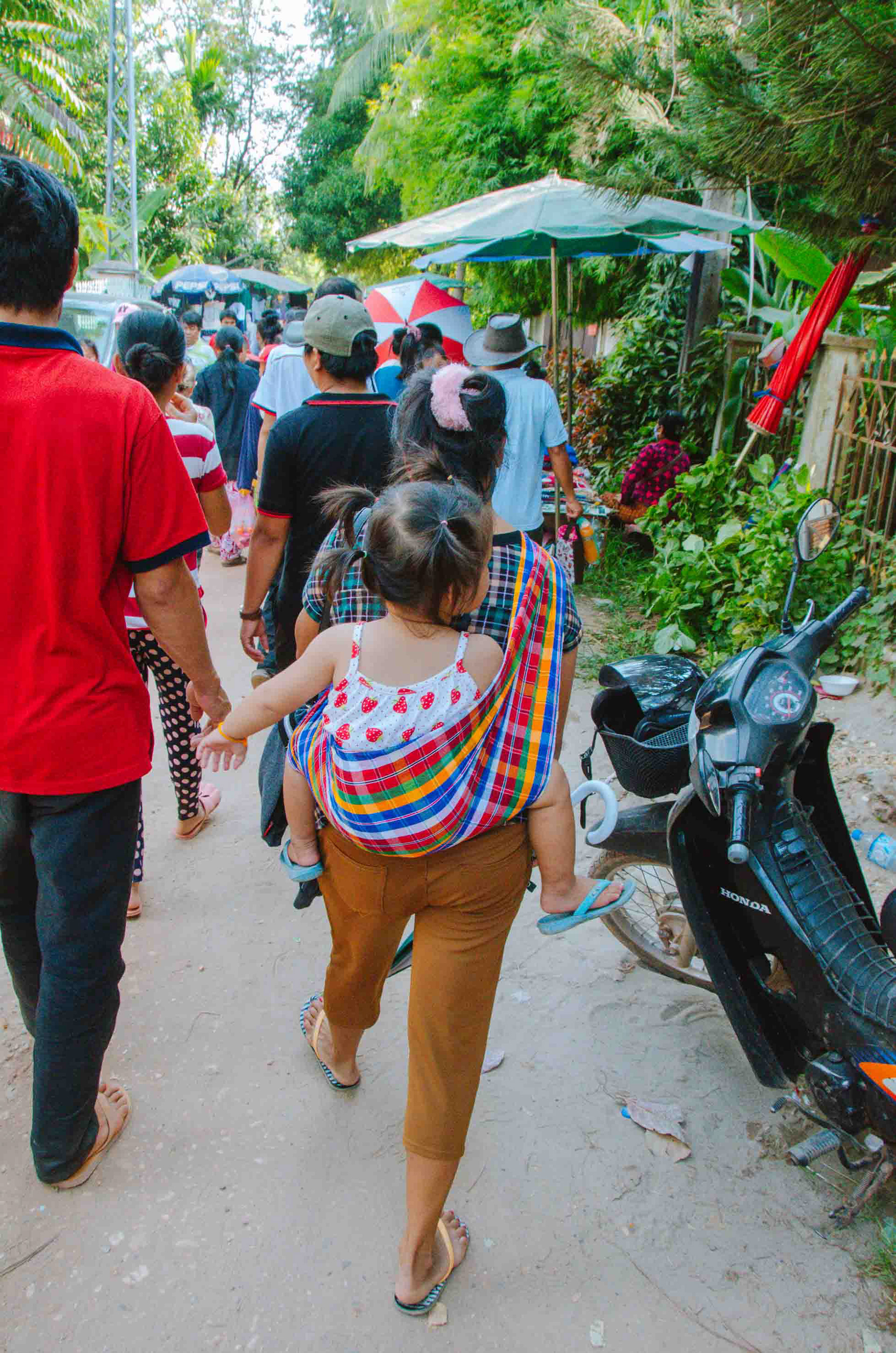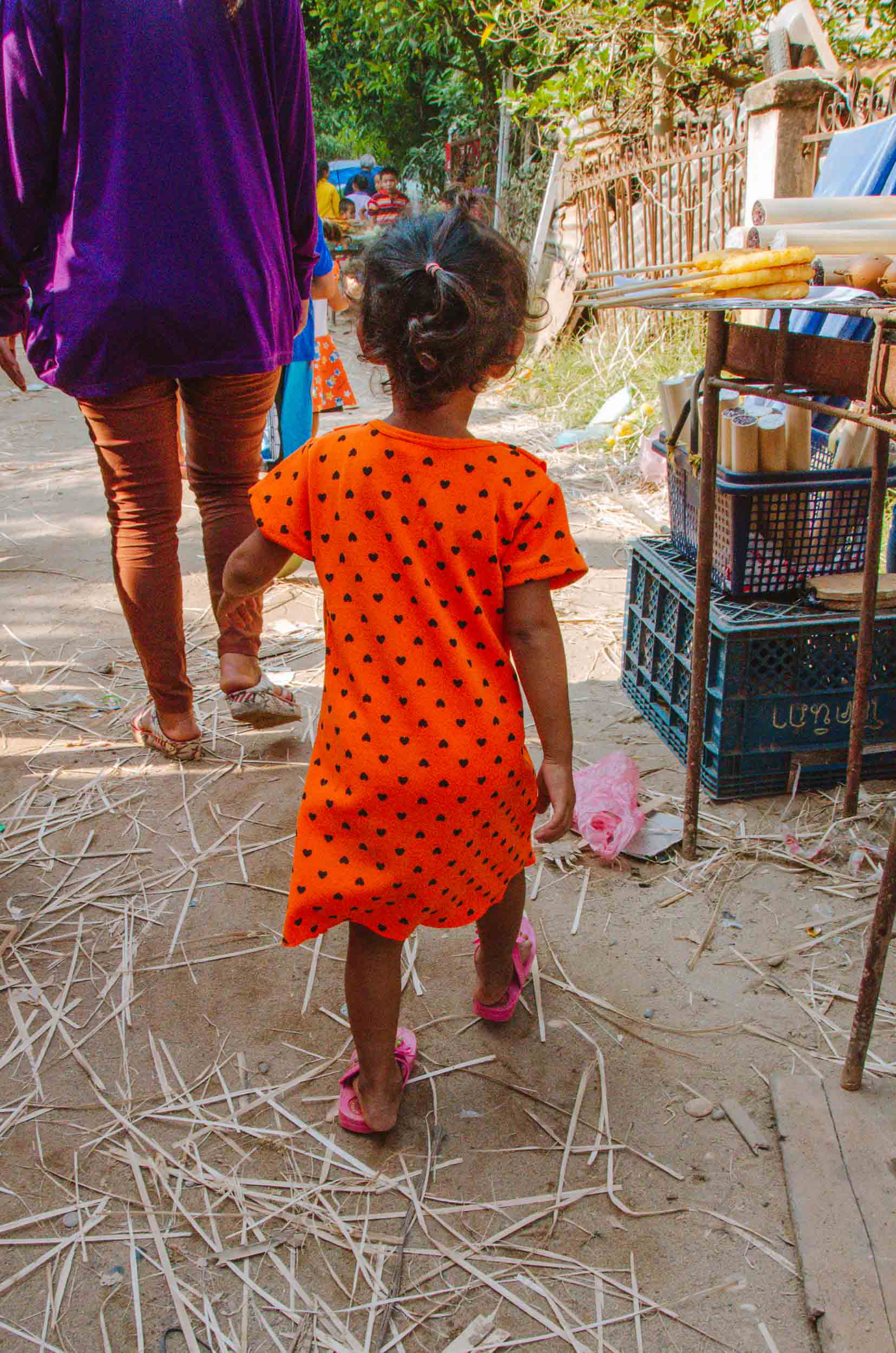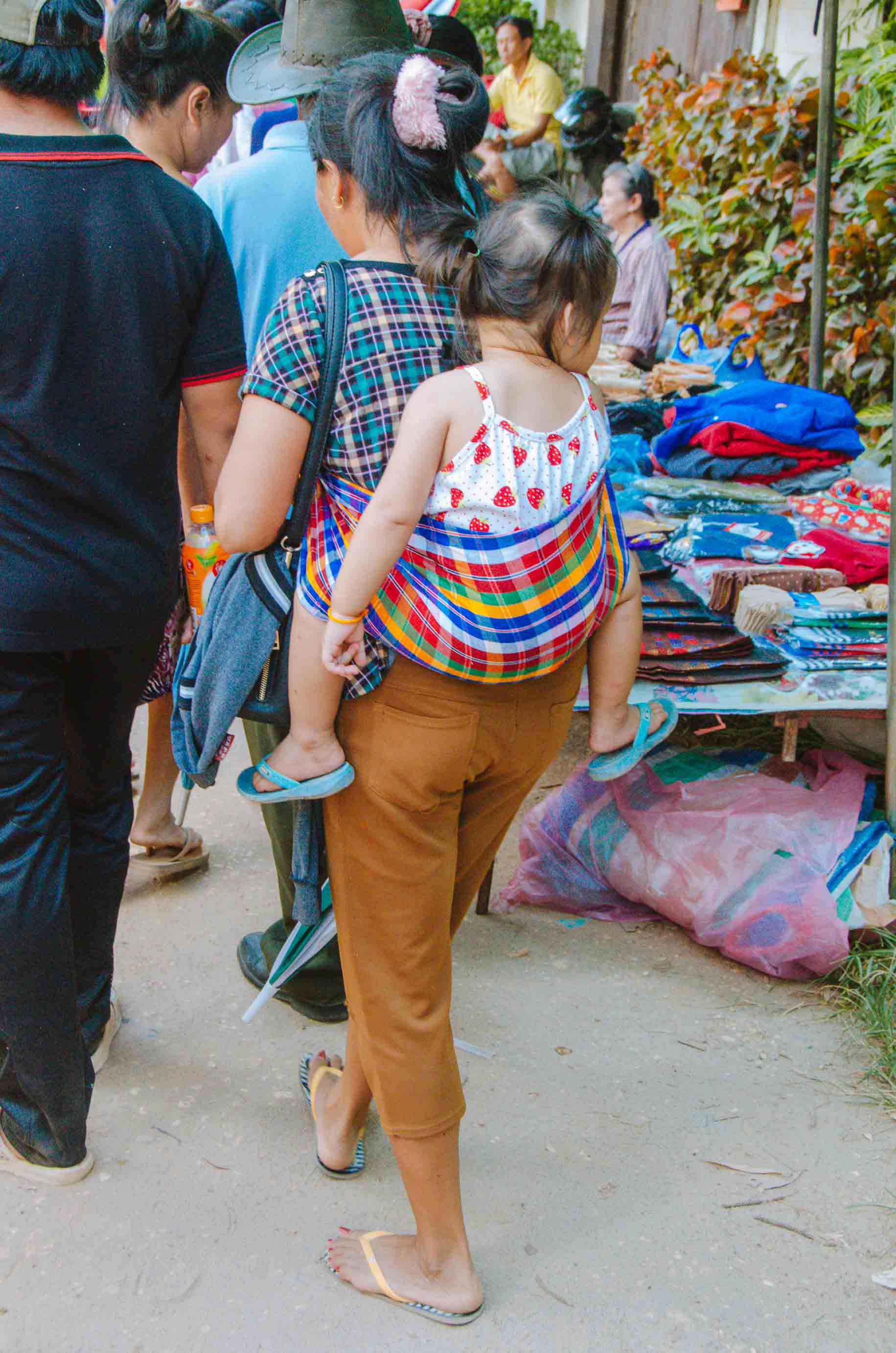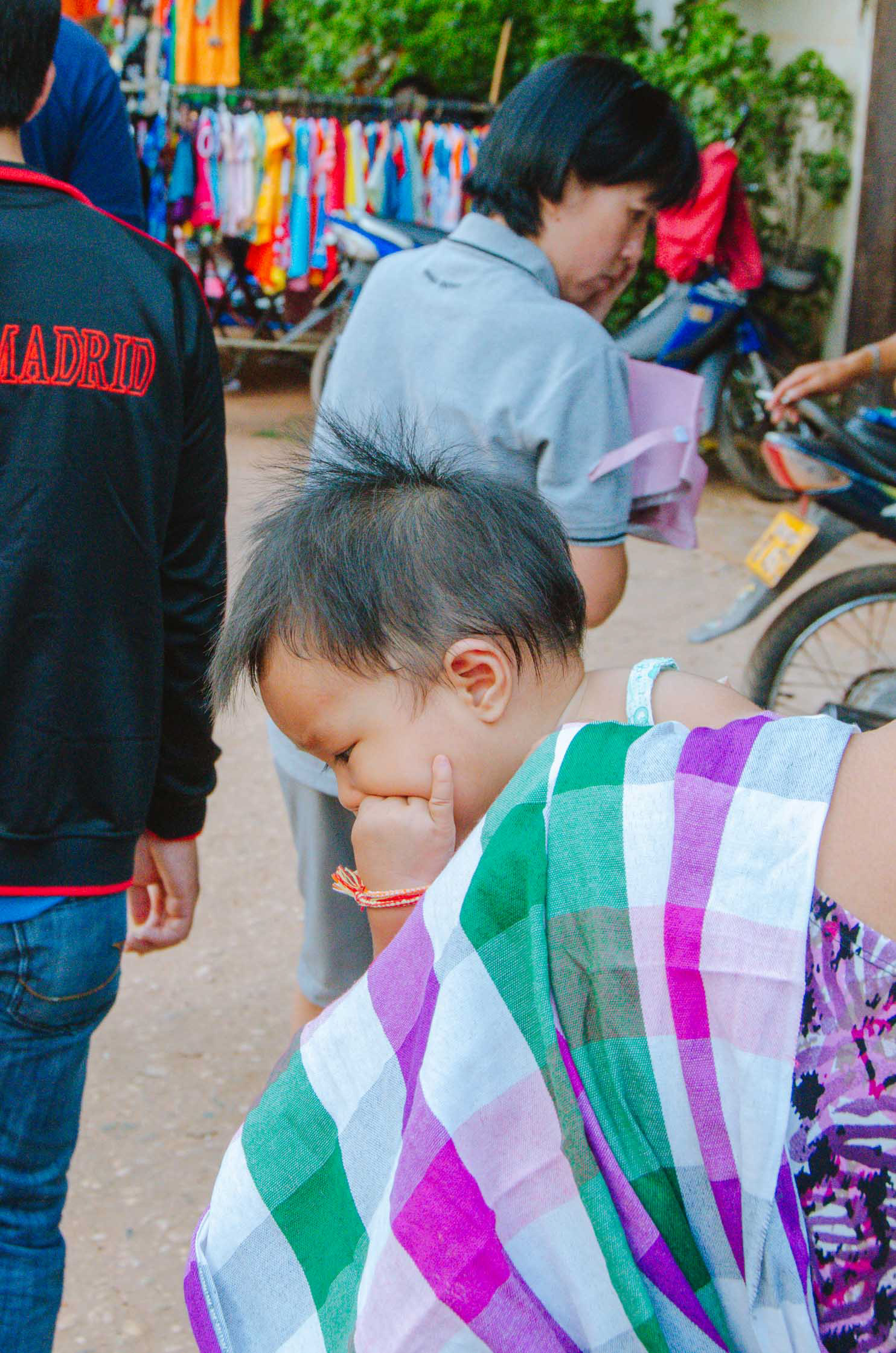Like its neighbors Laos has a complicated history.
From its beginning dating to the Khmer empire to the French colonialism and strict communism to nowadays, Laos transformed and endured until today.
Despite this troubled past, on which I am not going to focus too expansively, the country managed to keep its identity.
Landlocked between Thailand, Cambodia, Vietnam, Myanmar and China, Laos shares a border with every neighboring country. Making it today one of the most important transit countries in the region. Often described as the golden triangle, Laos is the link between these neighboring countries.
This is explained by the fact that Laos has most of its major cities like Luang Prabang and Vientiane located right next to the Mekong. Making it a perfect way to access easily any country from southeast Asia.
Besides the unlawful uses of the Mekong, the mighty red river holds a crucial part in the everyday life of anyone who lives next to it. Some might use it to go to work every morning and come back every evening. Some work on the Mekong, from boat drivers to floating markets to tourist attractions and finally fishermen, the river offers homes and a livelihood that many depend on.
The relationship is beautiful really, especially in Laos.
This was made clear when I was lucky to experience the Water holiday festival in November 2015.
Most countries crossed by the river celebrate the Mekong, Cambodia holds a big celebration on the banks of the river in Phnom Penh.
Laos does as well. The magnitude of the celebrations in Laos are less extravagant than in Cambodia without any doubt.
The festival is to mark the reversal of the flow between the Mekong river and the Tonle Sap river. Due to monsoon rains the Tonle Sap river fills up and flows back to the Tonle Sap lake and lets the Mekong flow back in its usual direction. This marks the end of the rainy season.
The festival is a time to give thanks to the river for all that it brings.
In Laos traditional boat races are organized on the river. Dating back to the Khmer Kings, selected villages participate in those traditional races. These impressive races showcase long thin traditional boats where teams need to paddle as fast as possible in harmony to defeat the other team. Similar to rowing competitions in European countries, these boats are impressive by their intricate traditional design and the sort of choreography and “song” they do while rowing.
Although important, the heart of the festivities do not lie in the boat races anymore in Laos.
The banks of the Mekong in Vientiane is where you will find the heart of the festivities.
All sorts of stands will occupy the streets for the duration of the festivities. Music, games, food and different shops will work hard during those days to keep up with the non-stop passage of people eager to take full advantage of the rare festivity.
The festival is fairly similar to French village festivals in its execution. Besides the cultural difference there isn’t much to distinguish them. Although the food was different, with bugs and different skewers of meat, the similarities were present. That's because in 2015 Vientiane had this small village feeling. Where everyone knows each other and are happy to be gathered together to celebrate the Mekong river.

